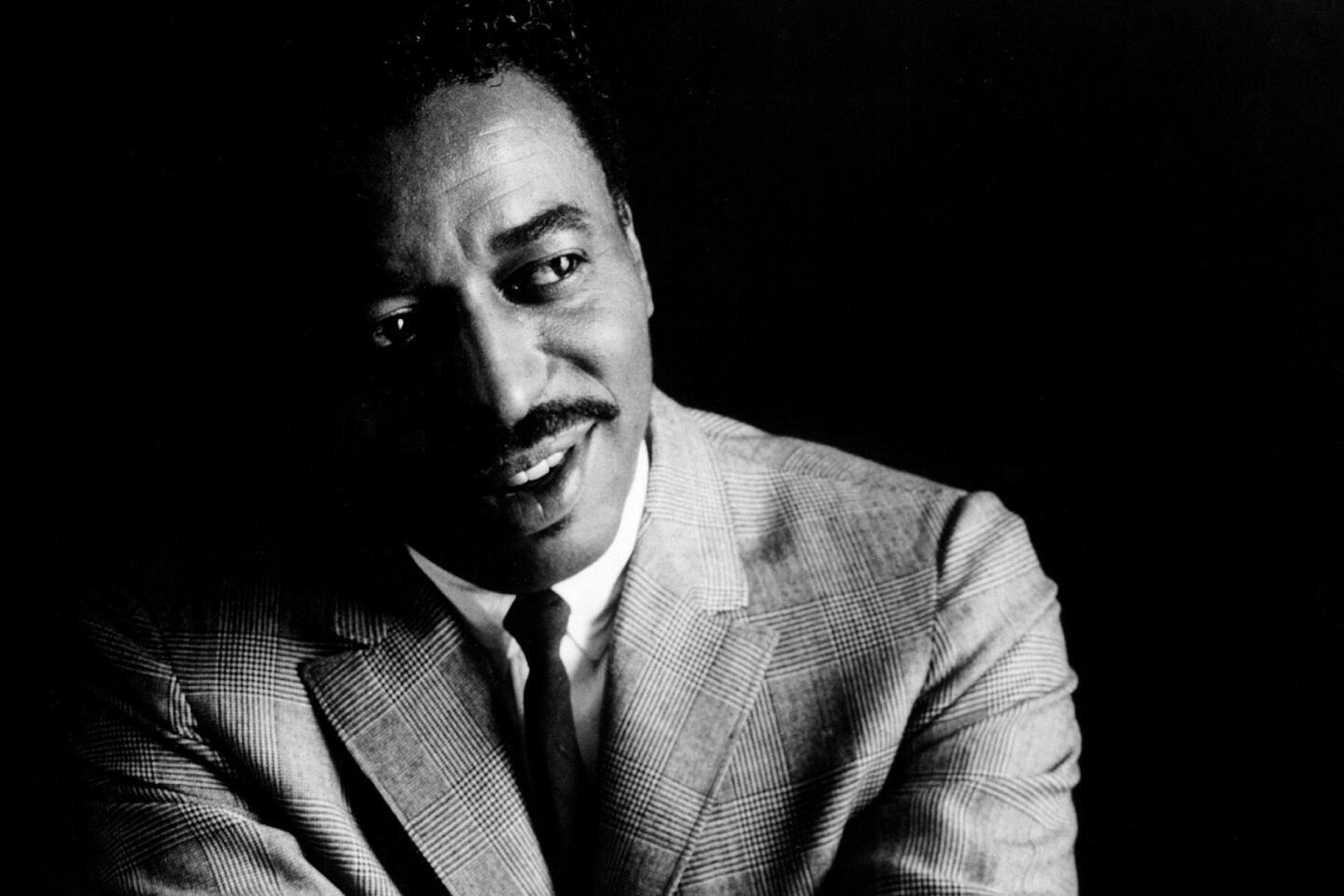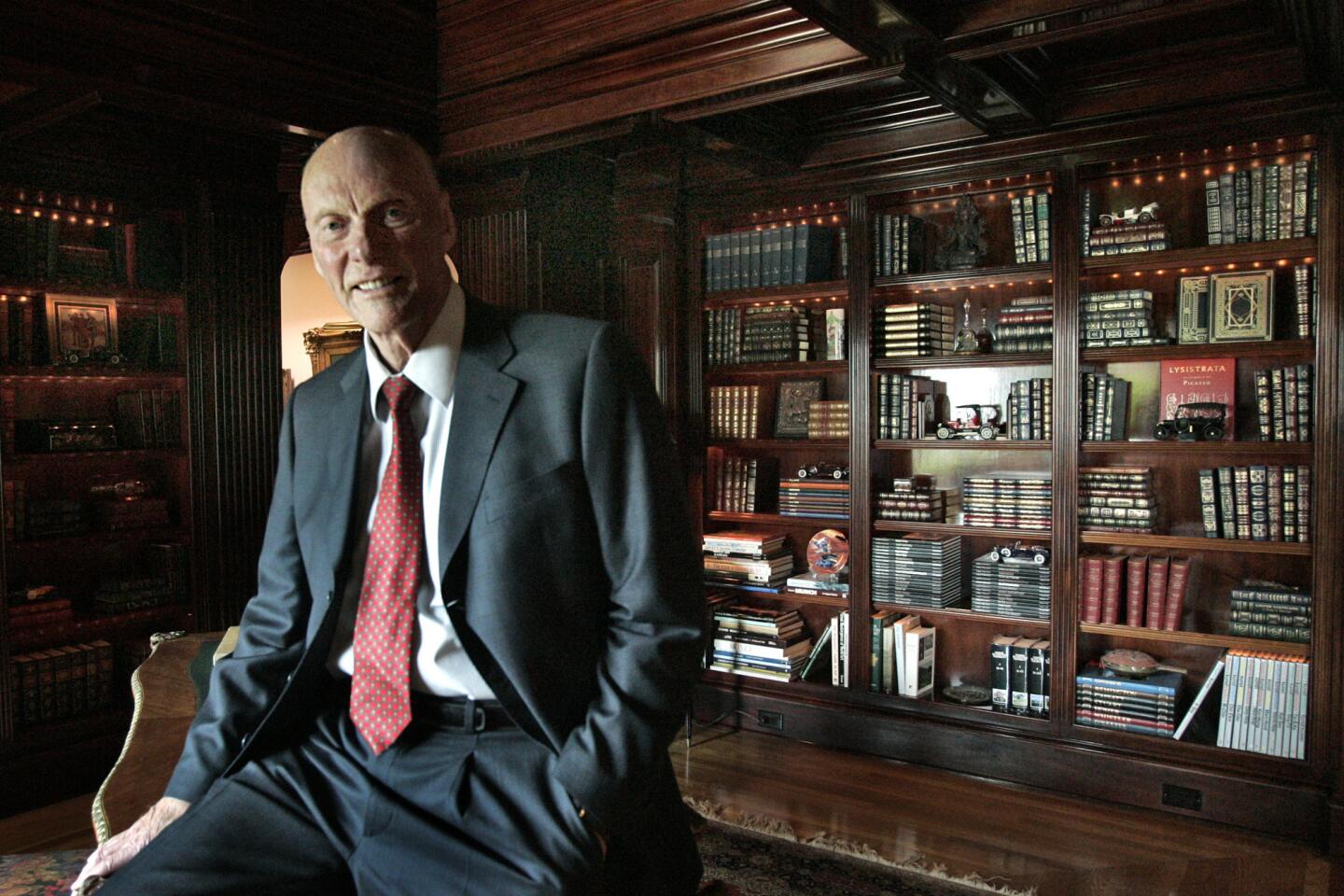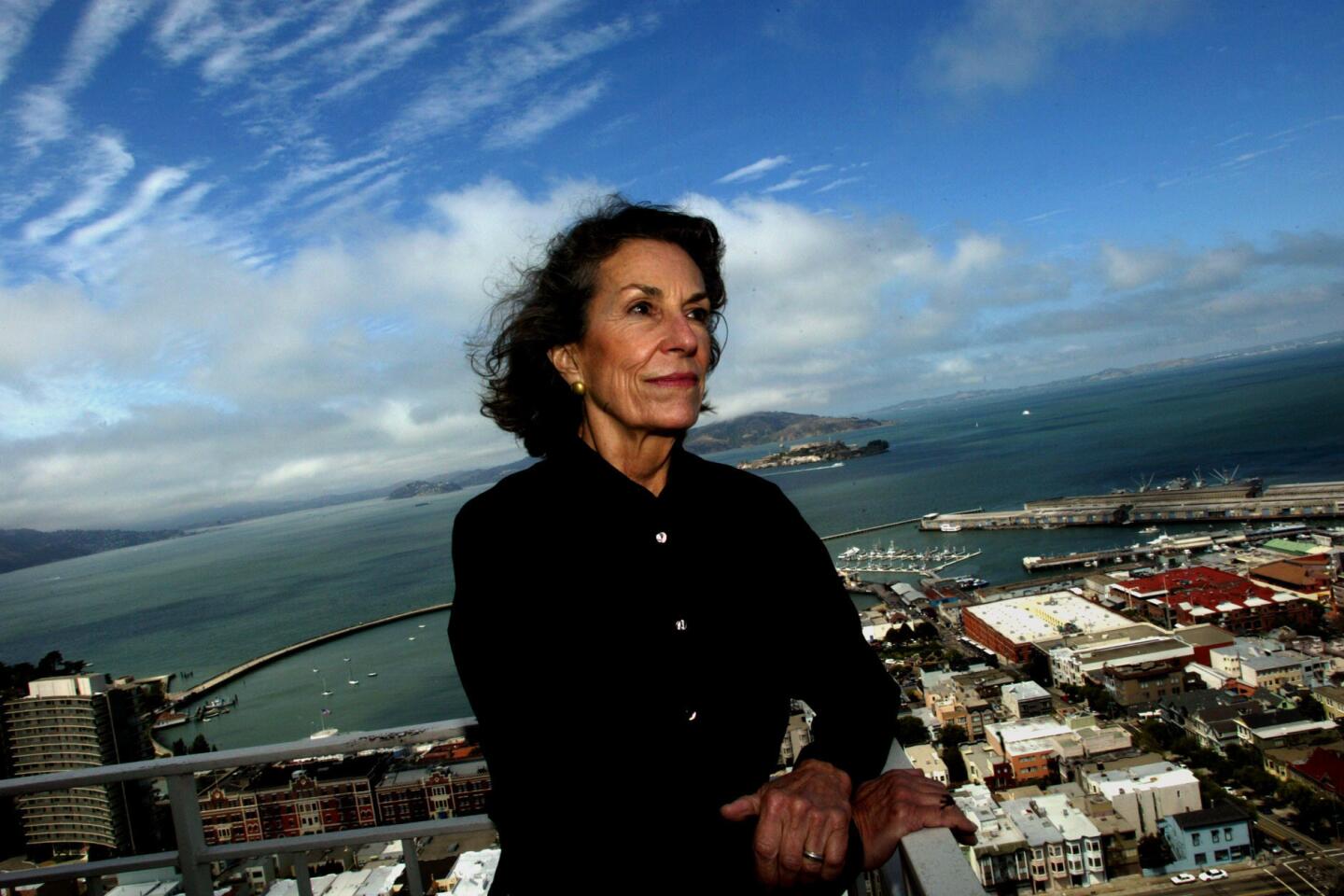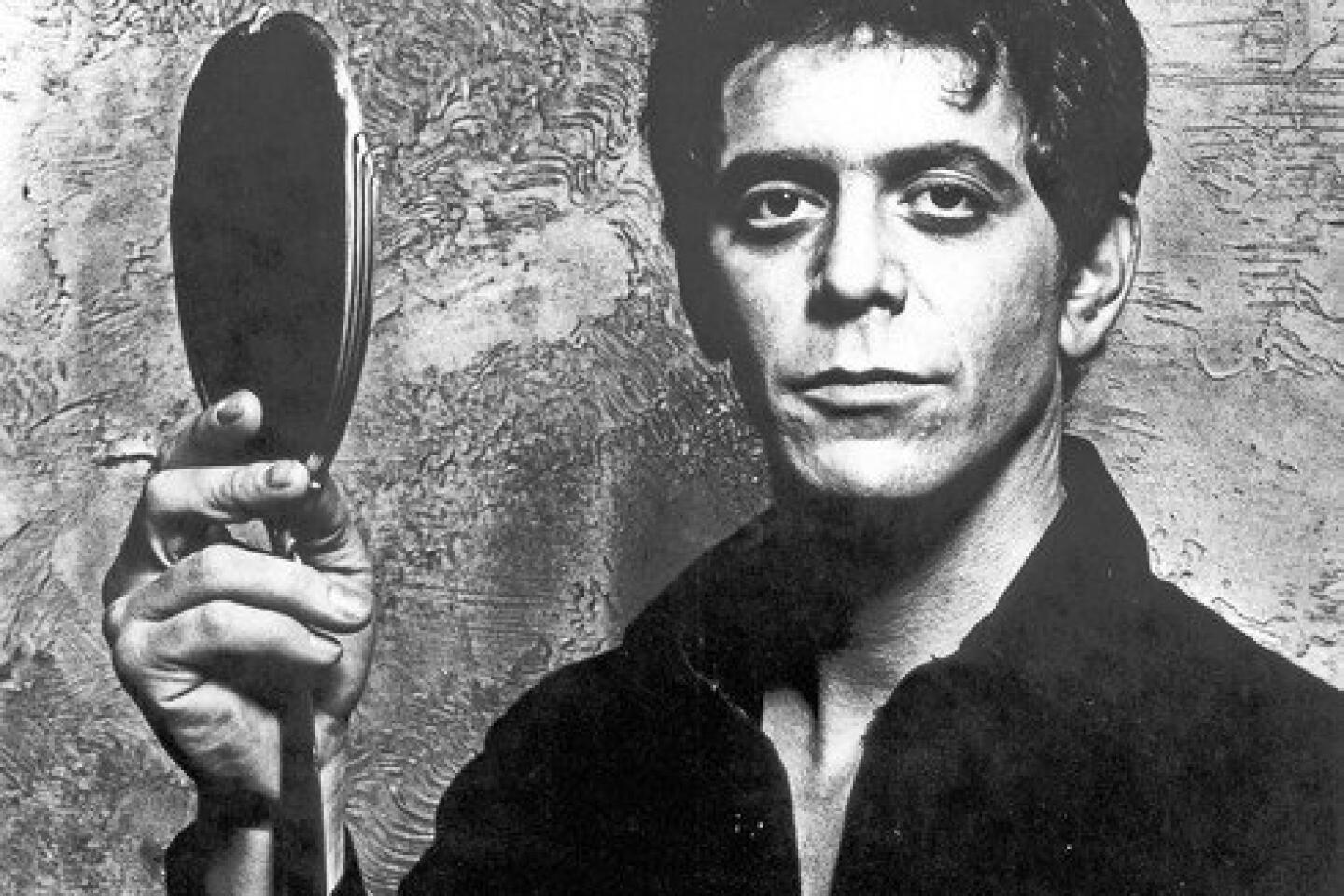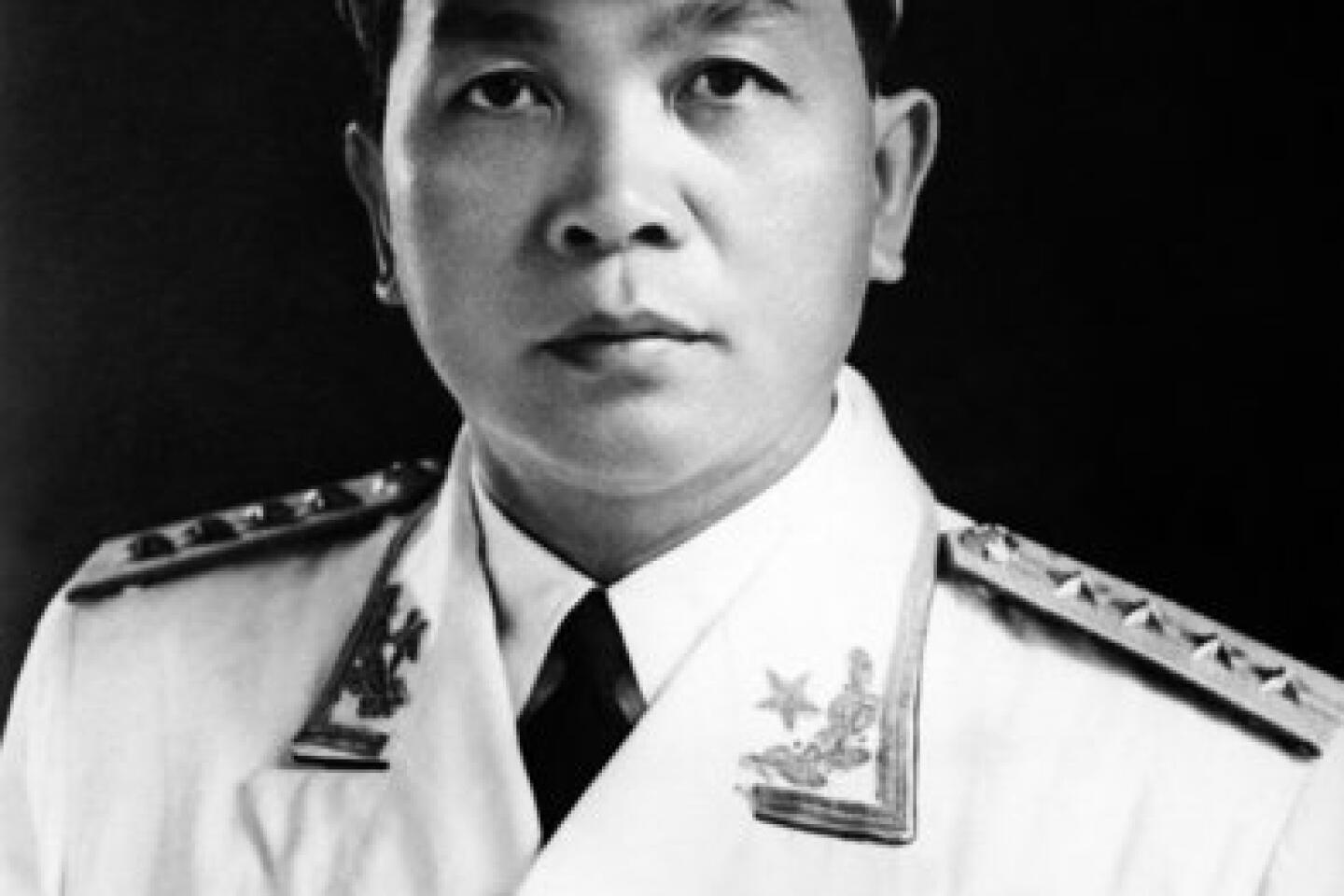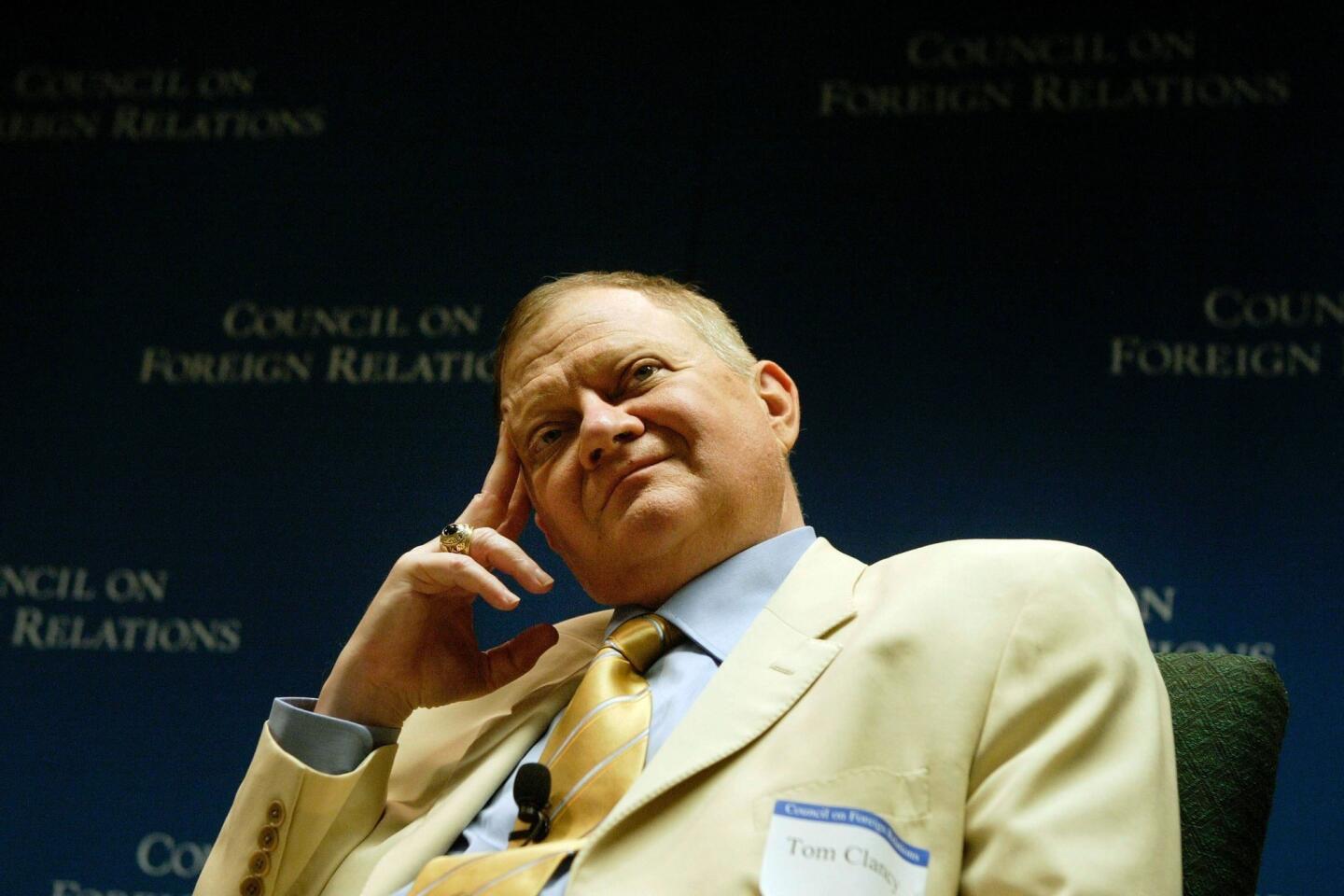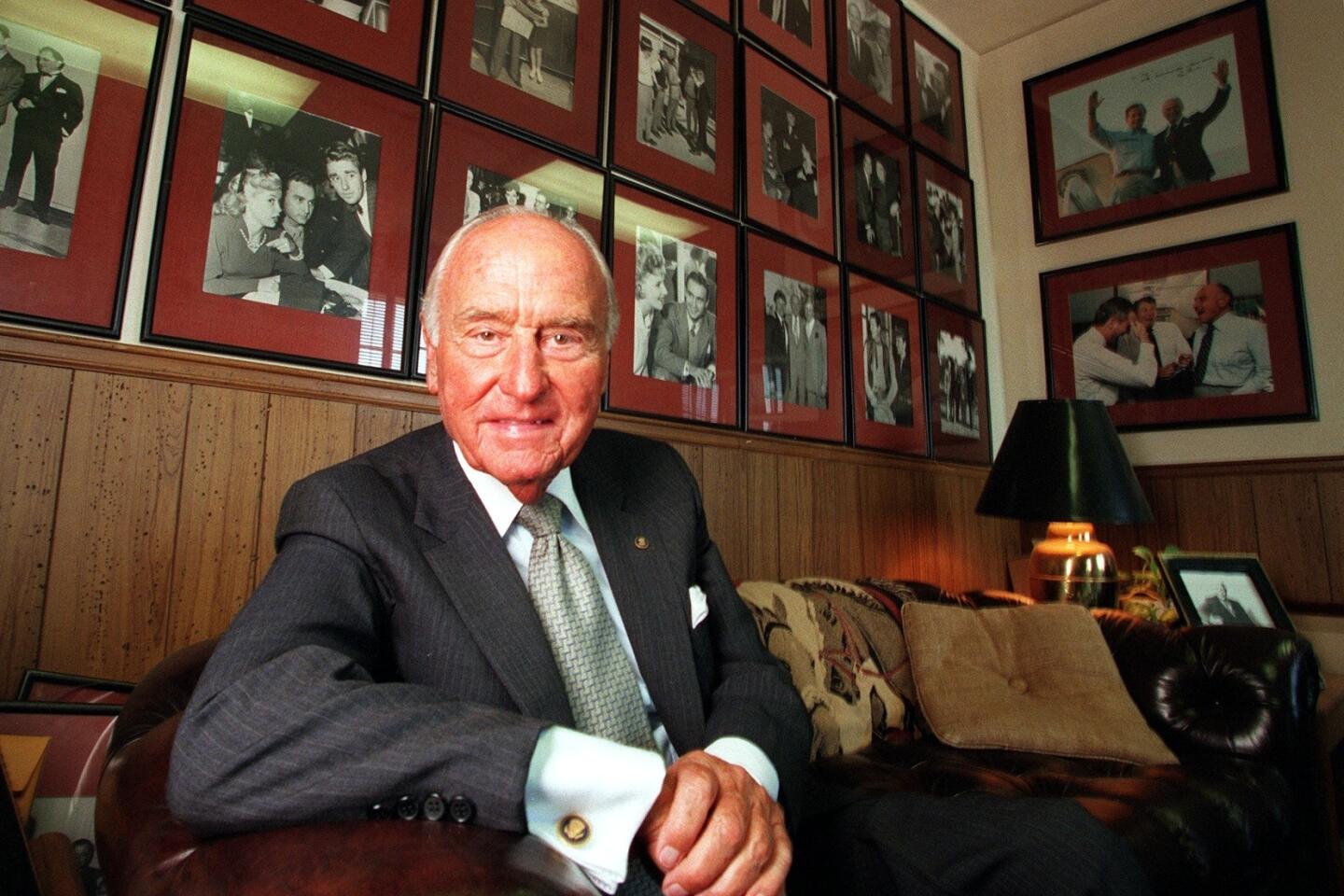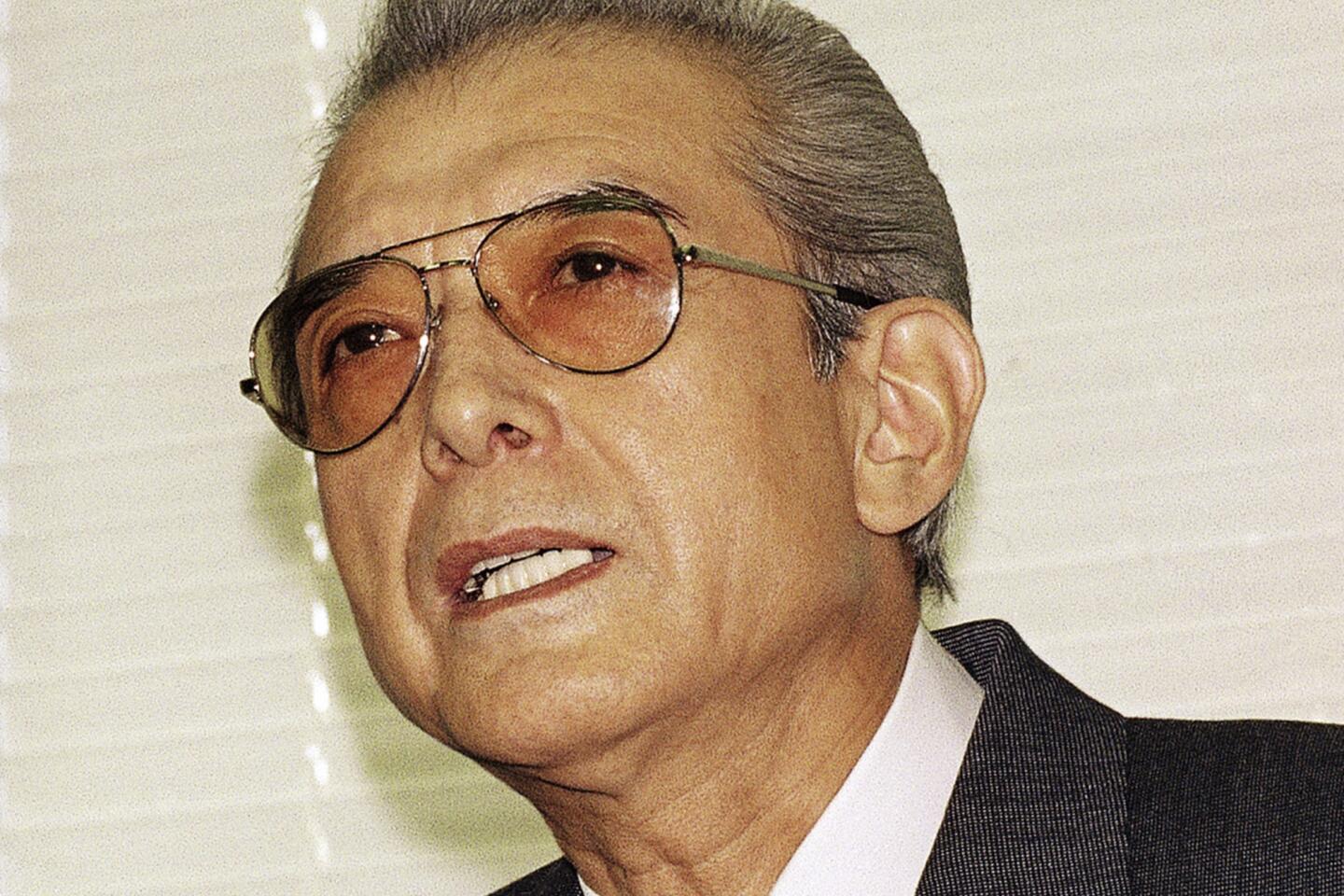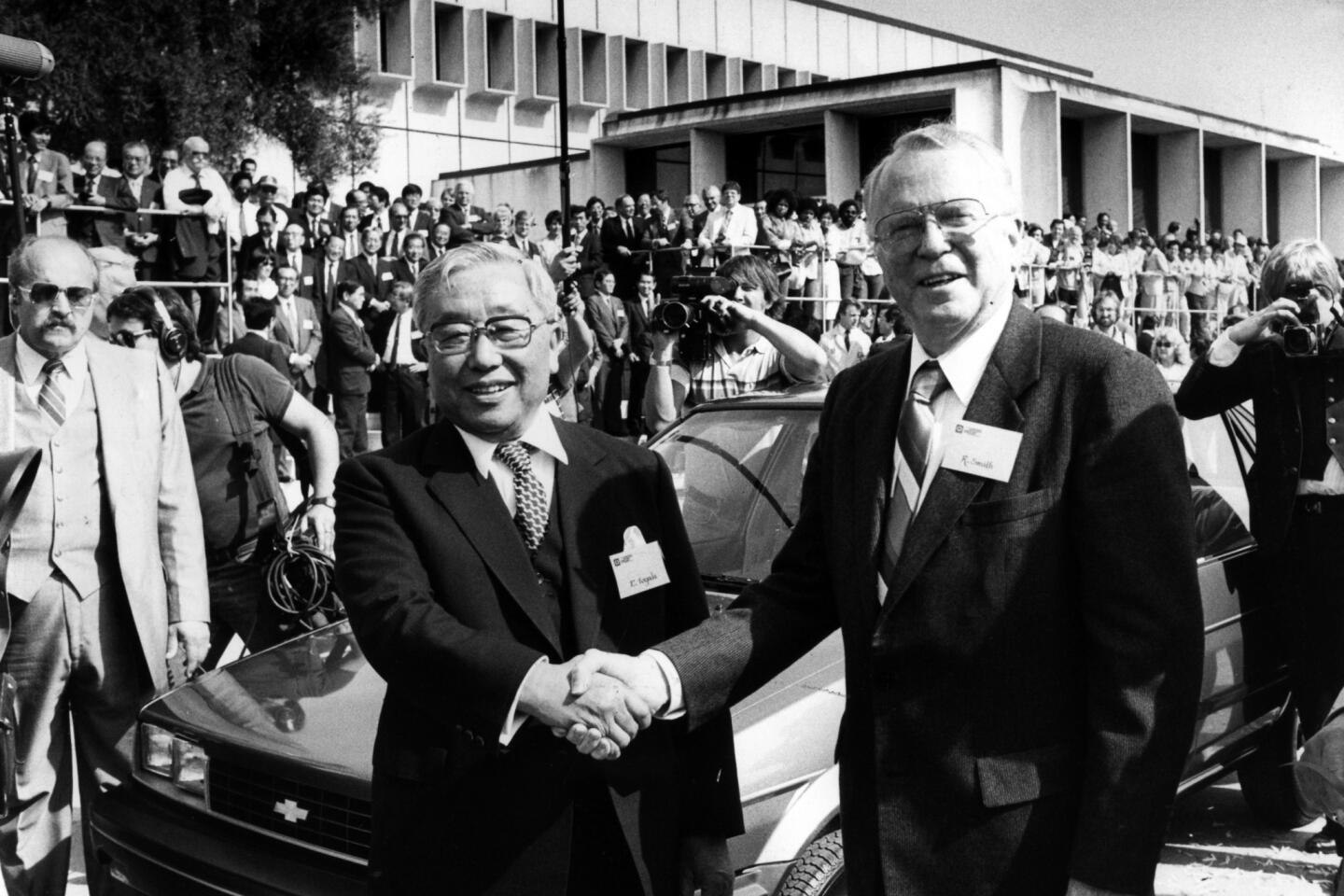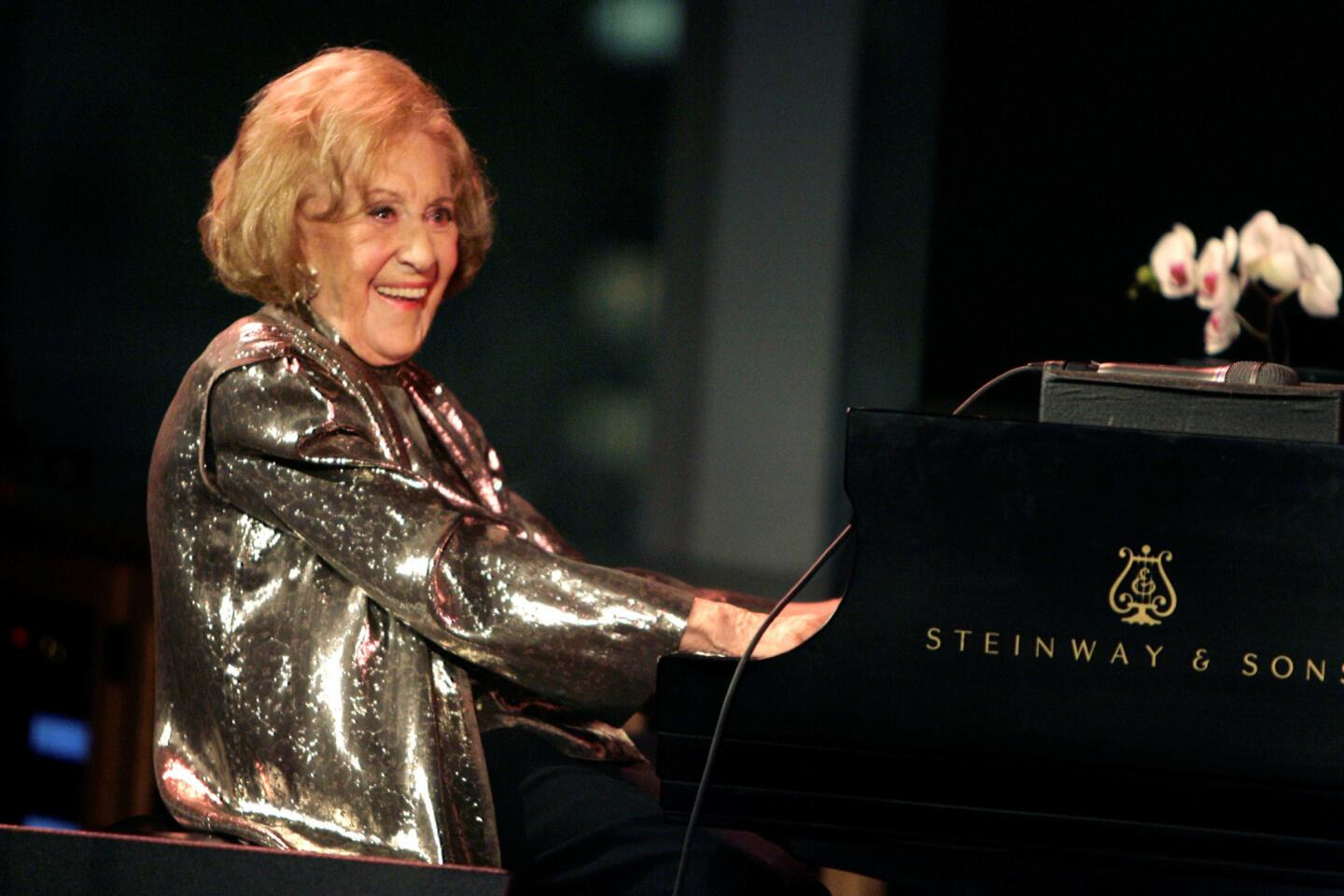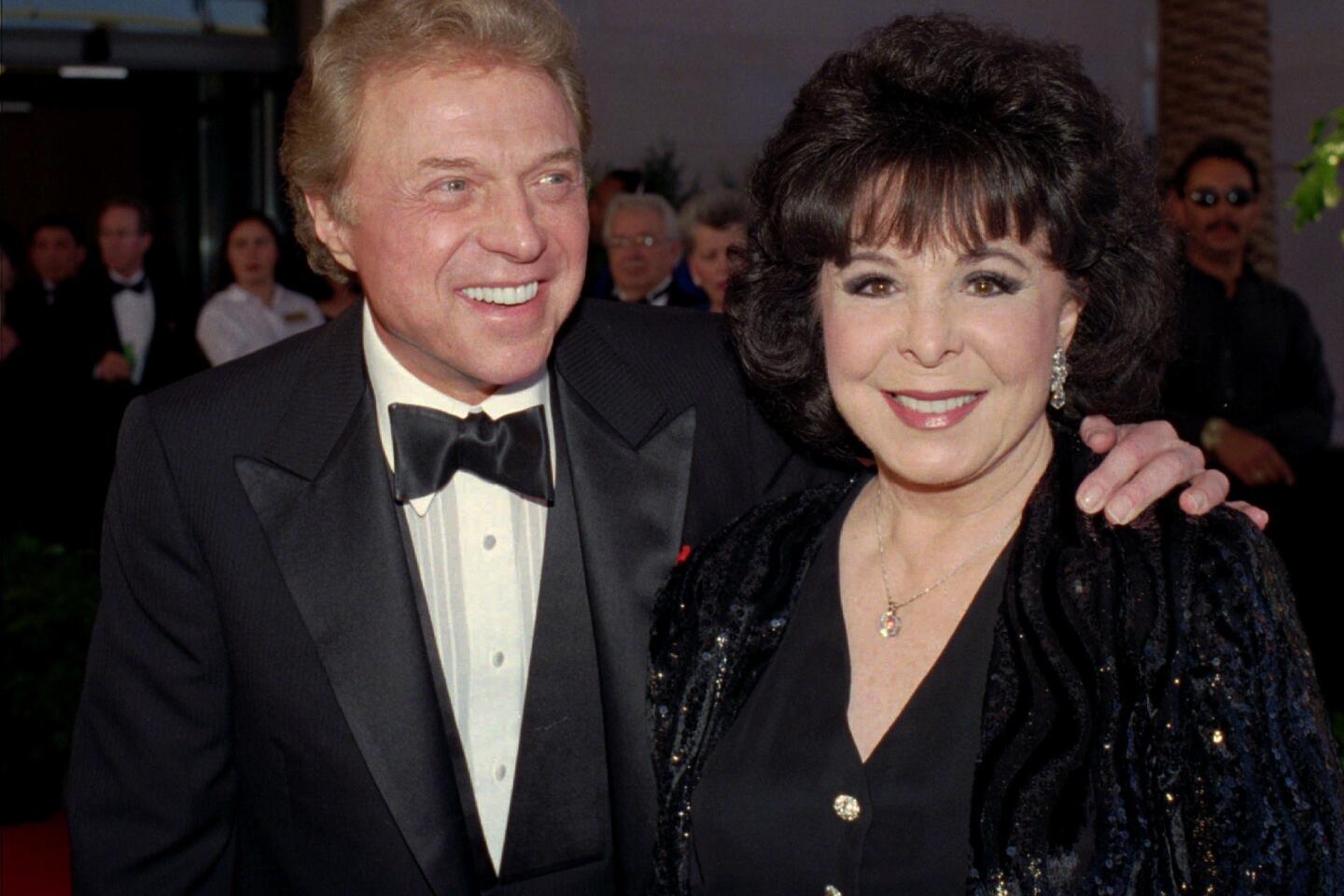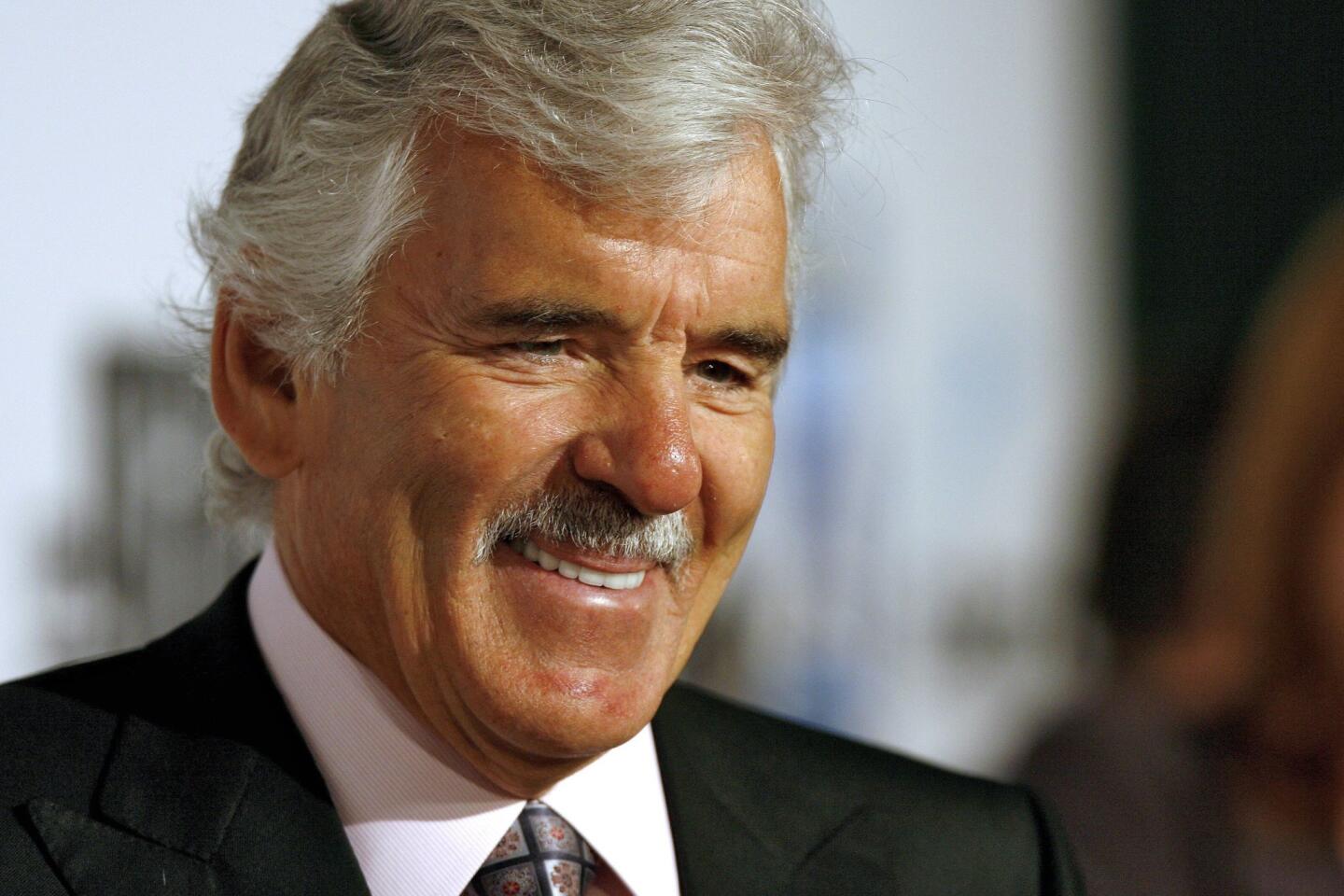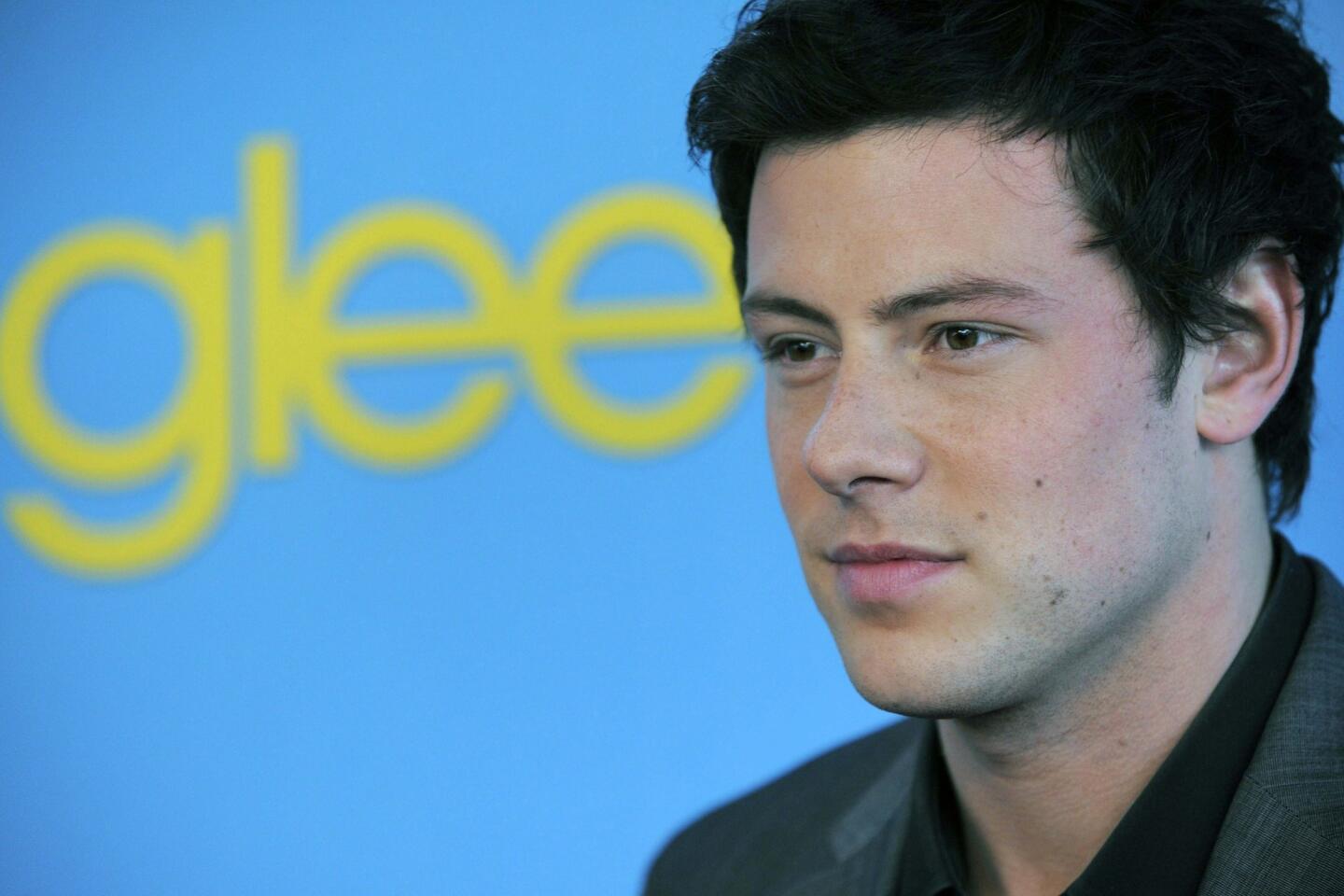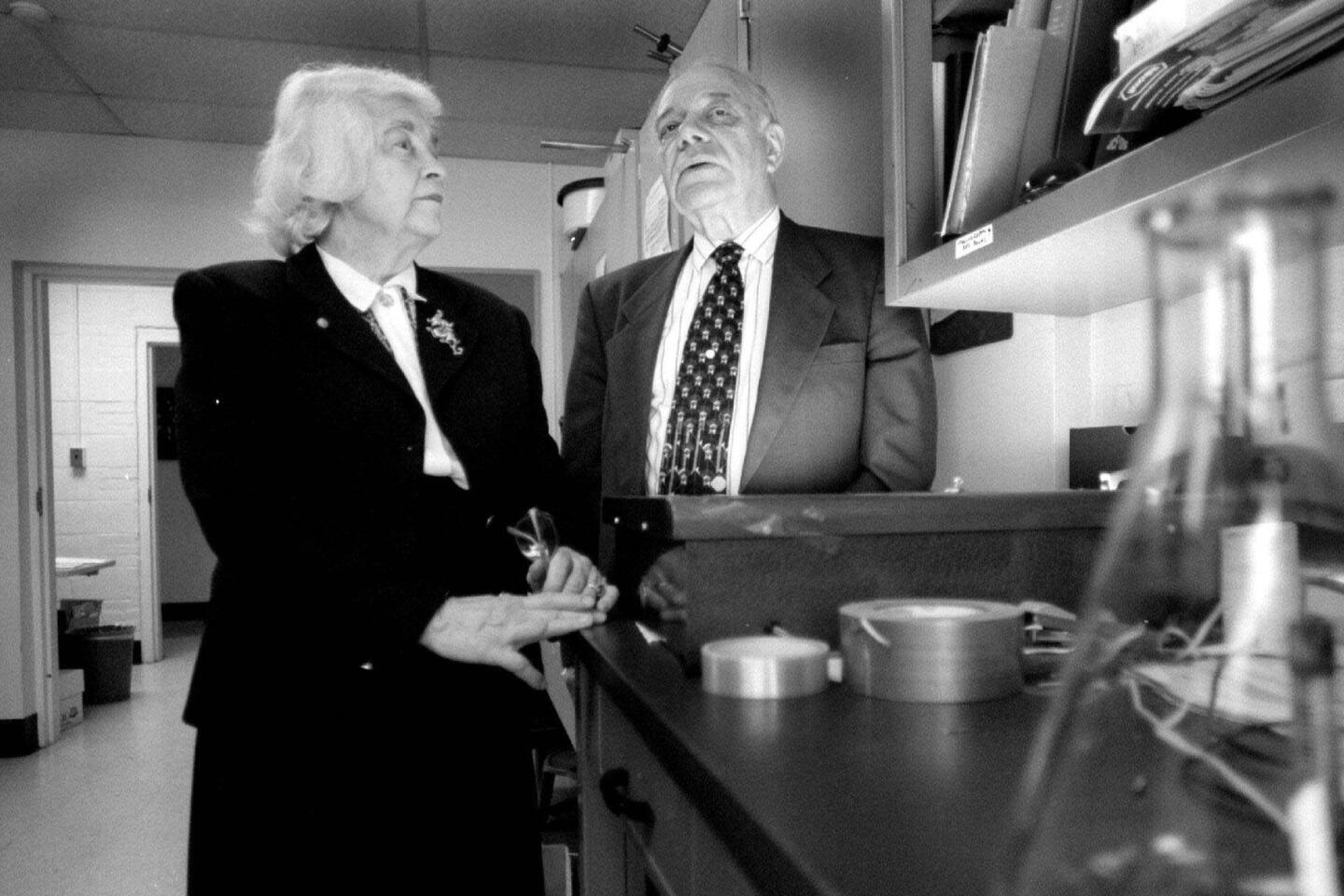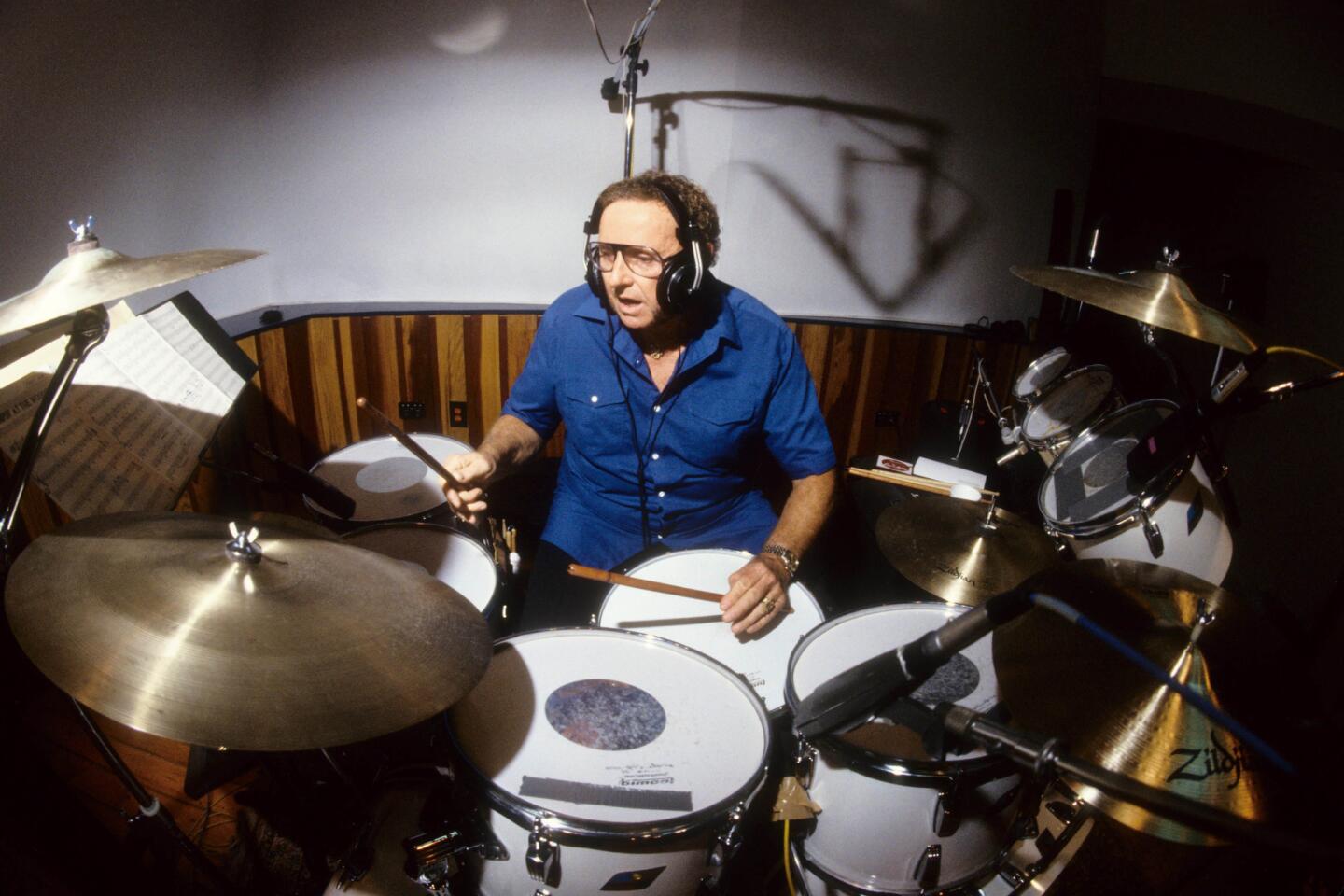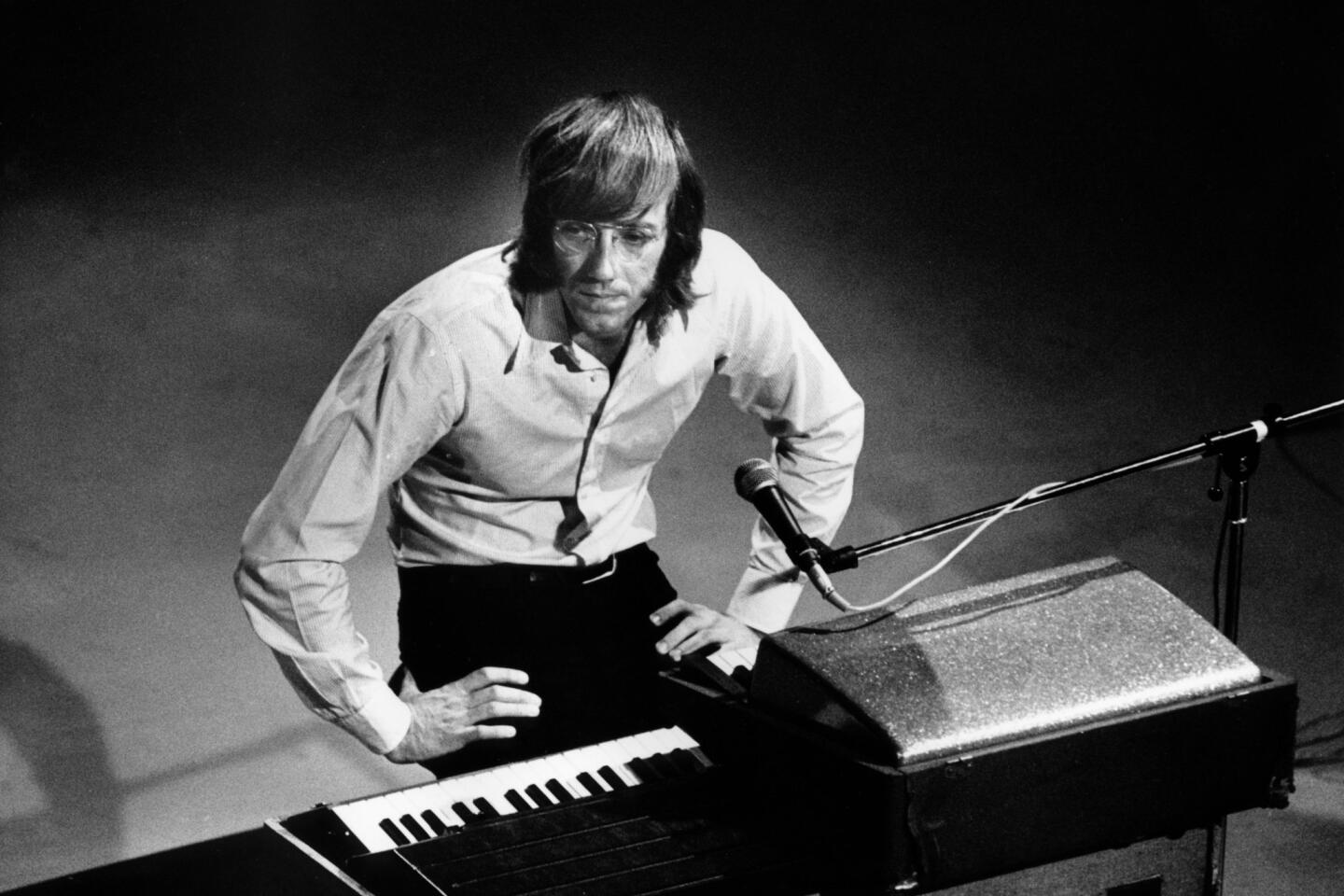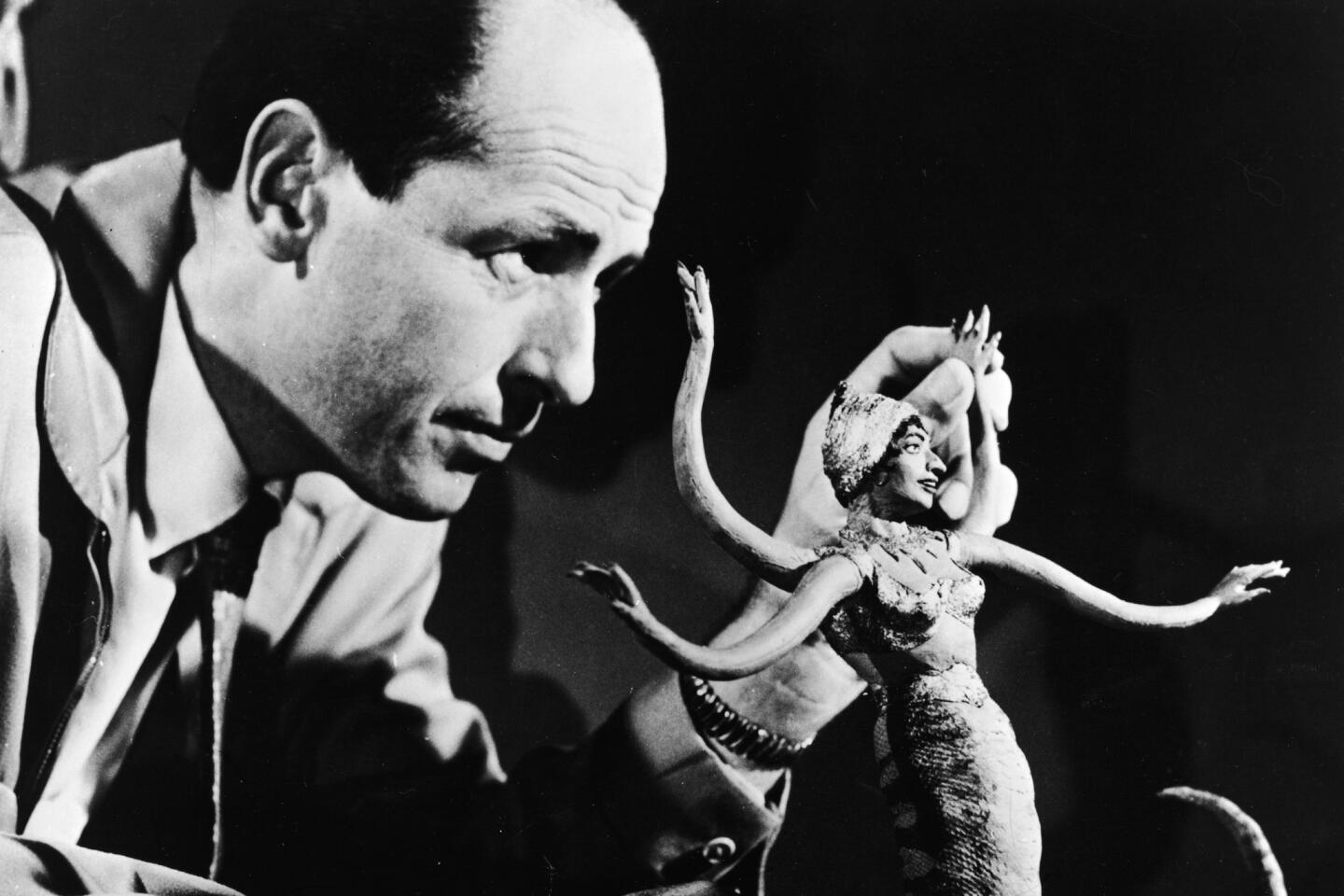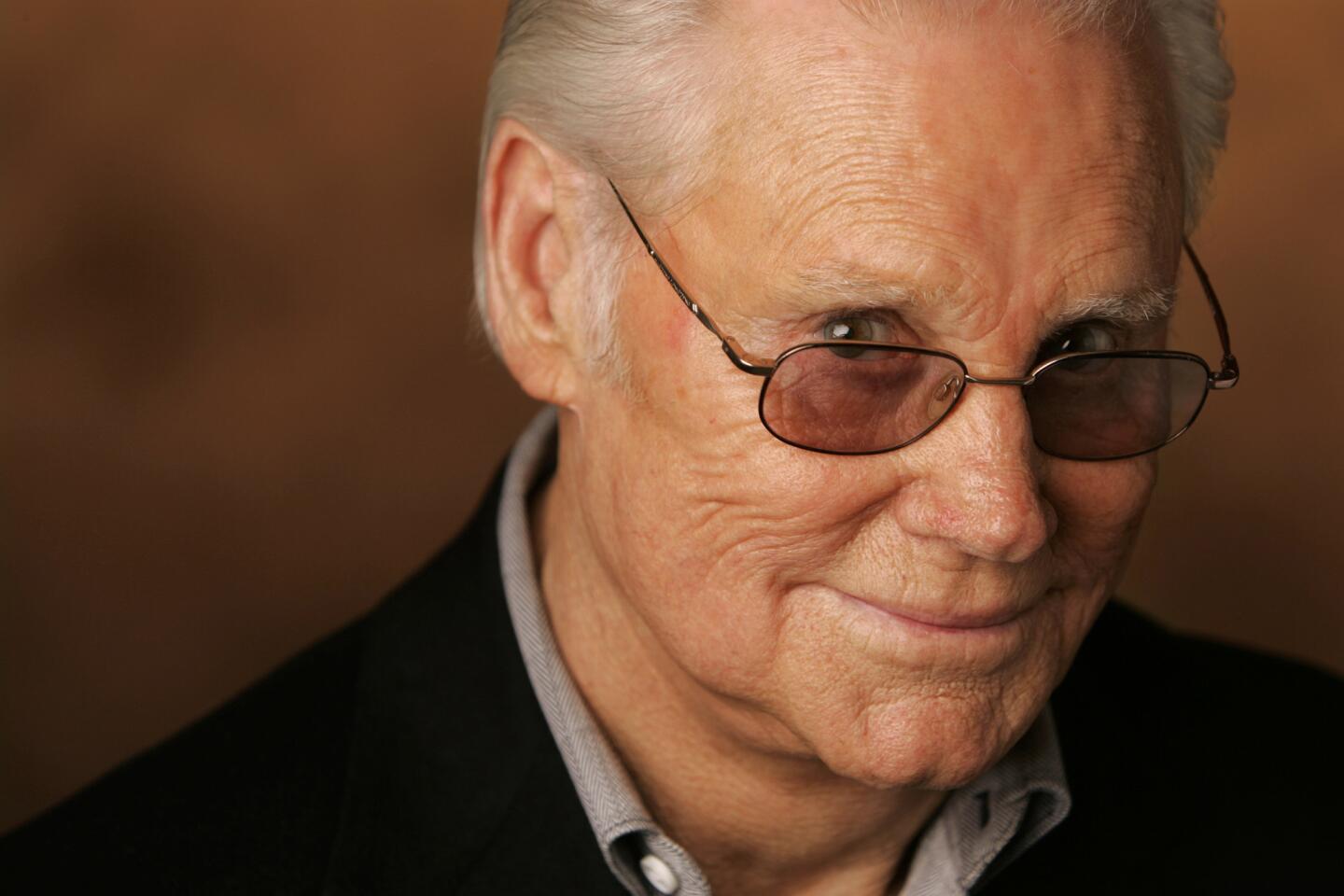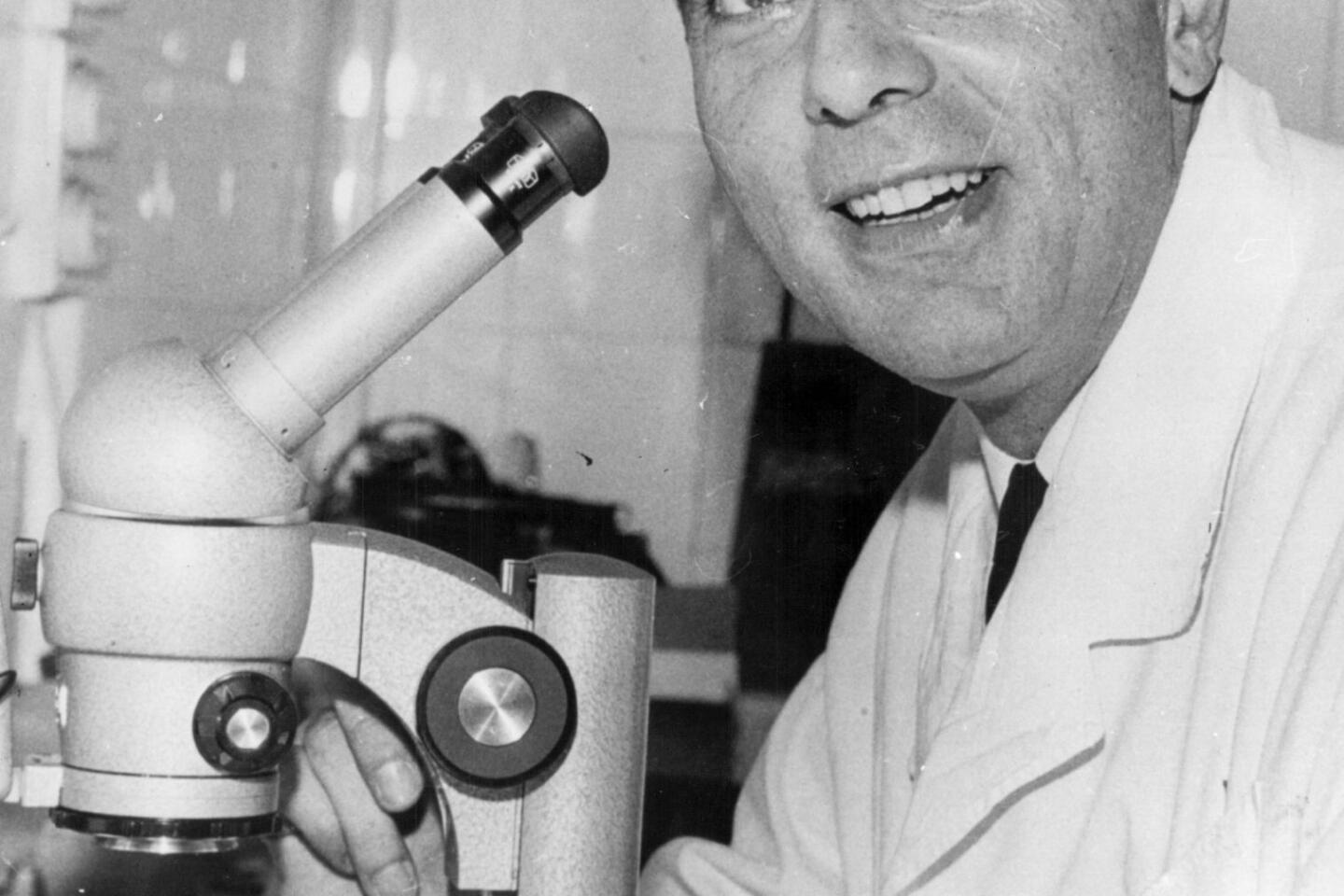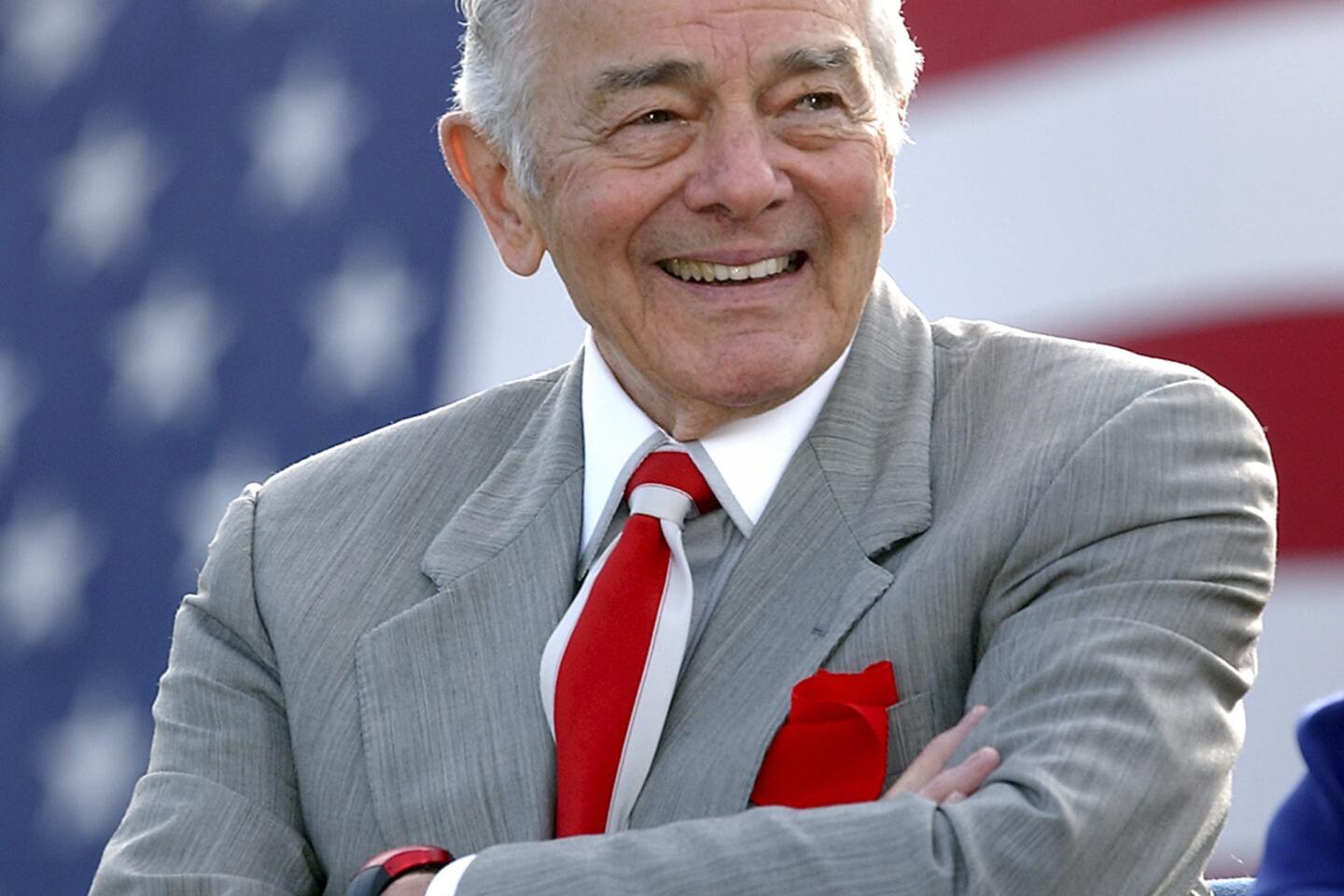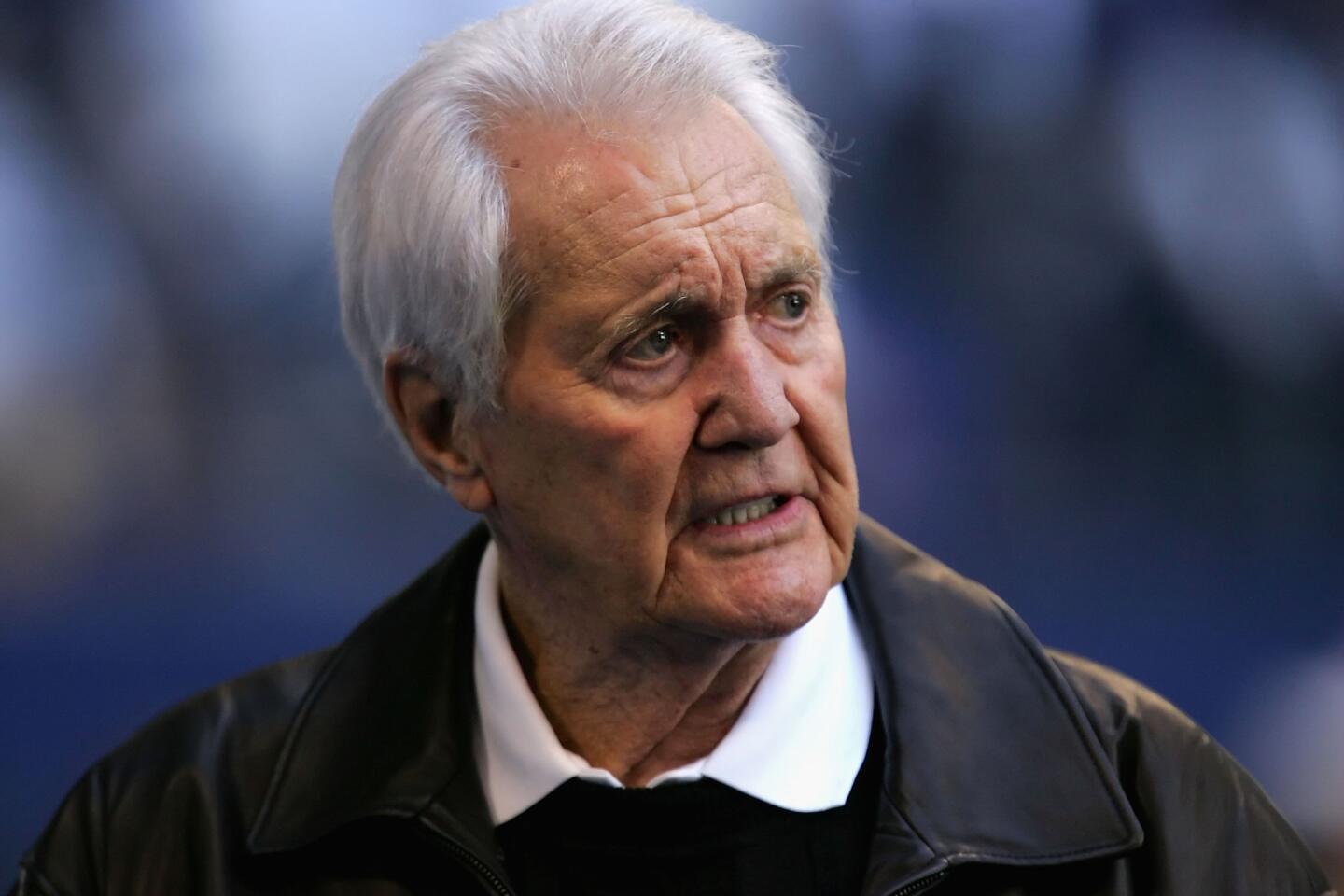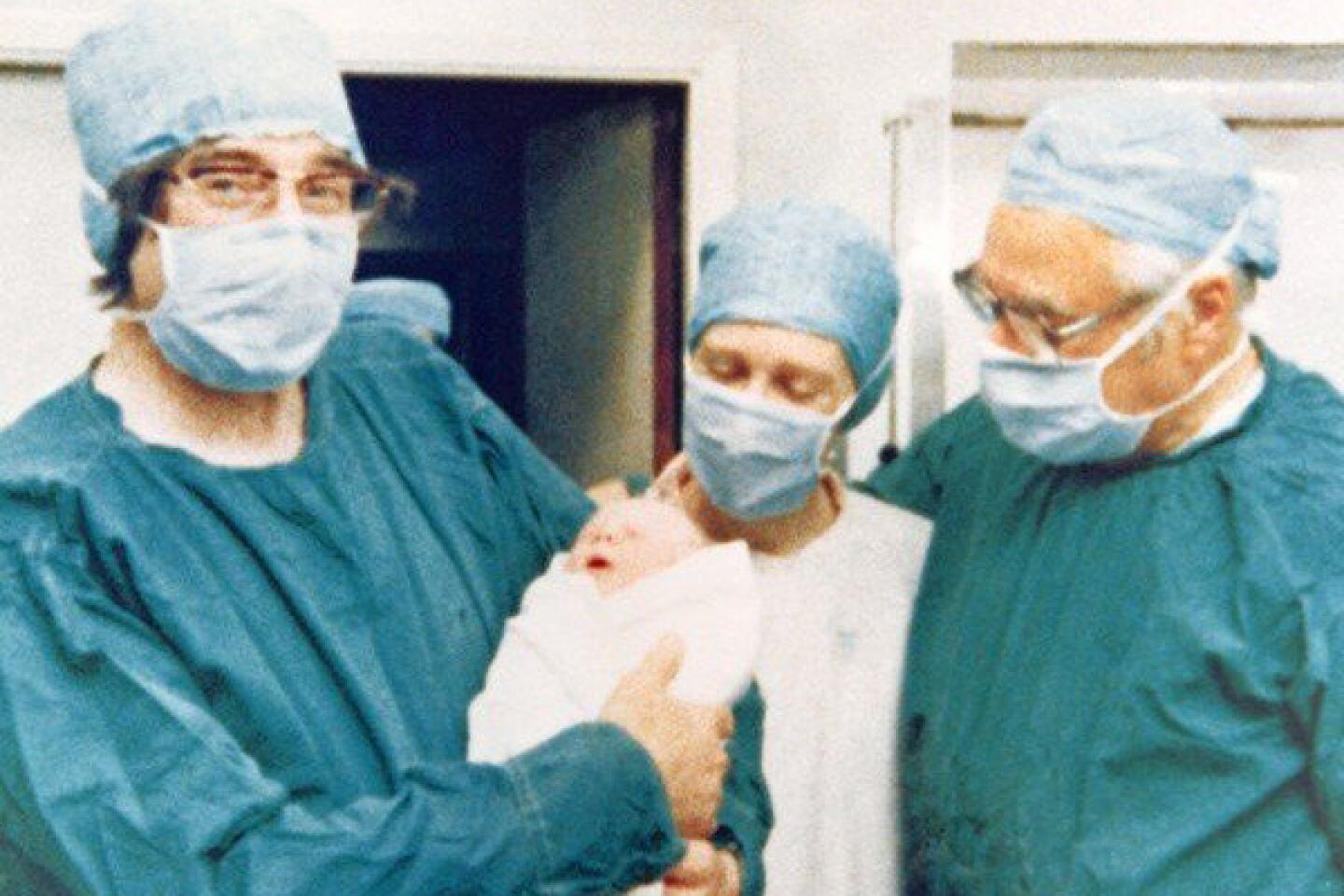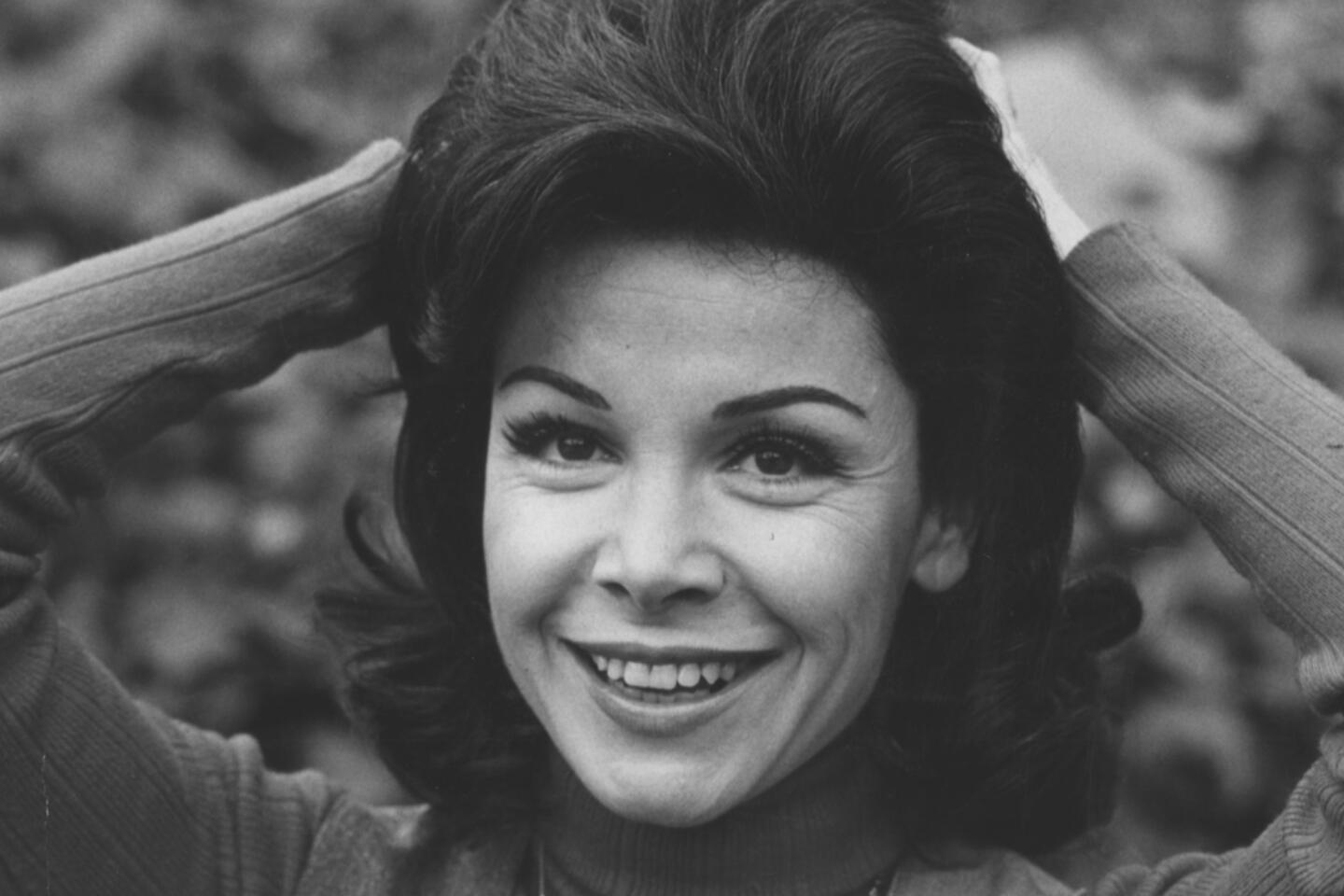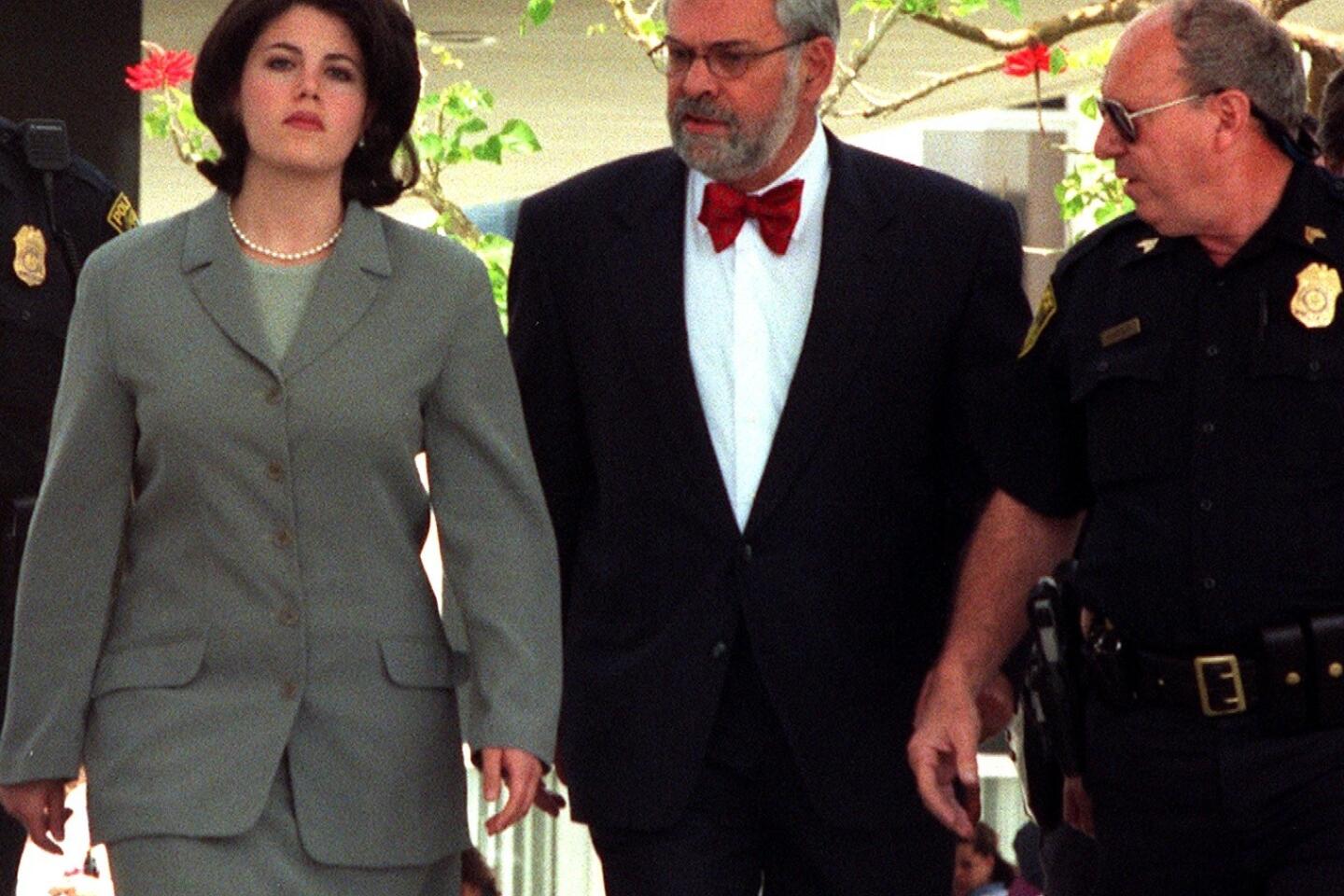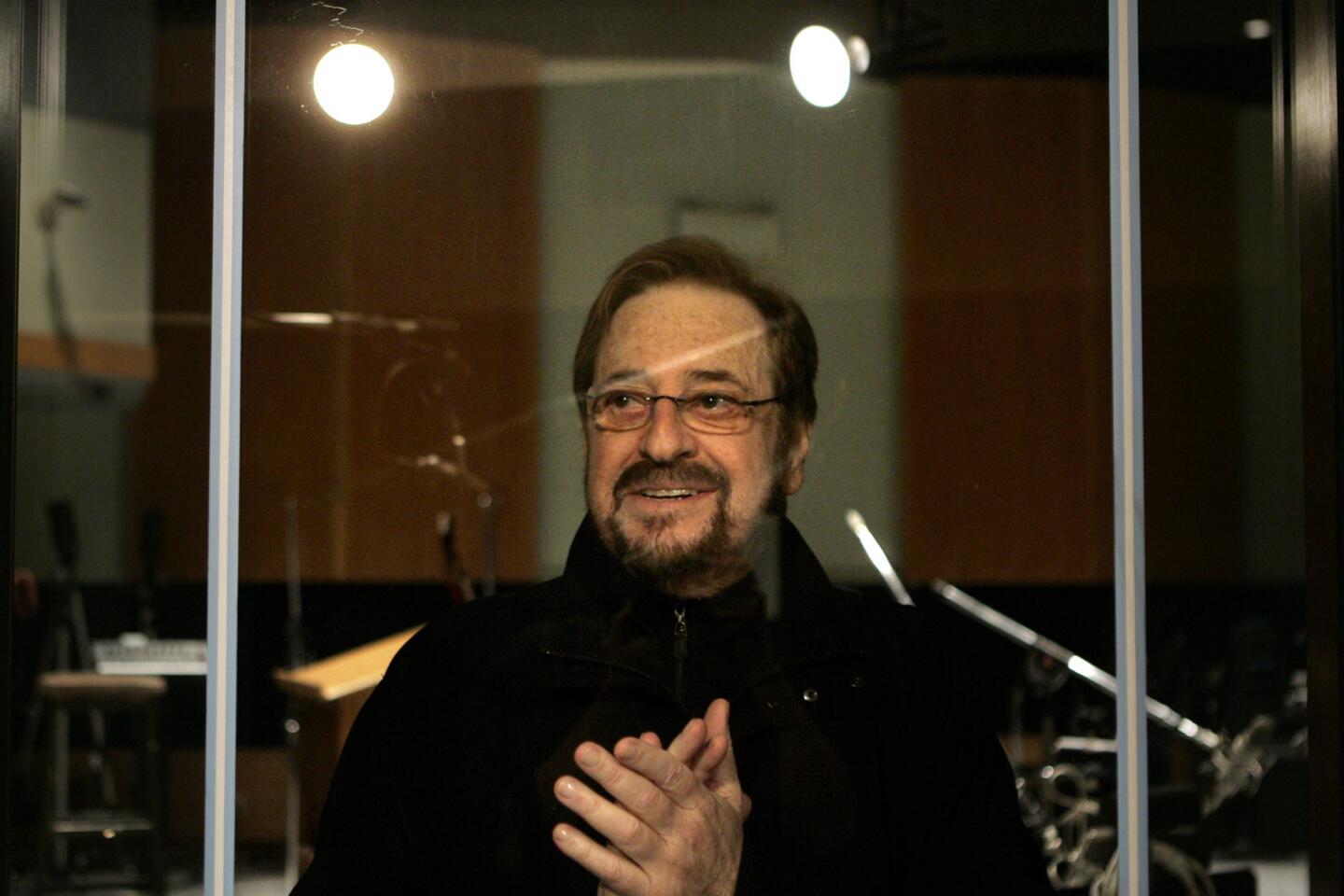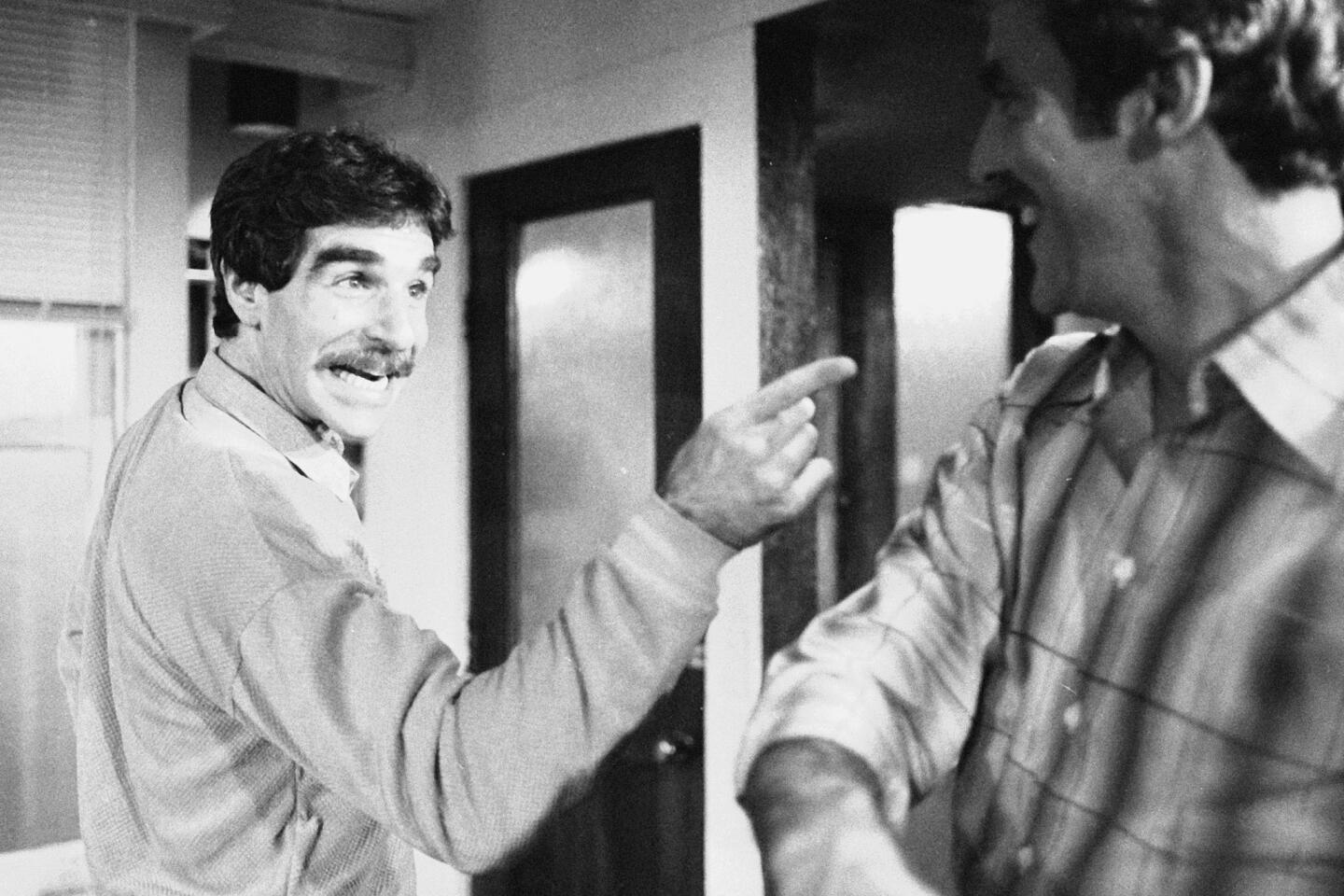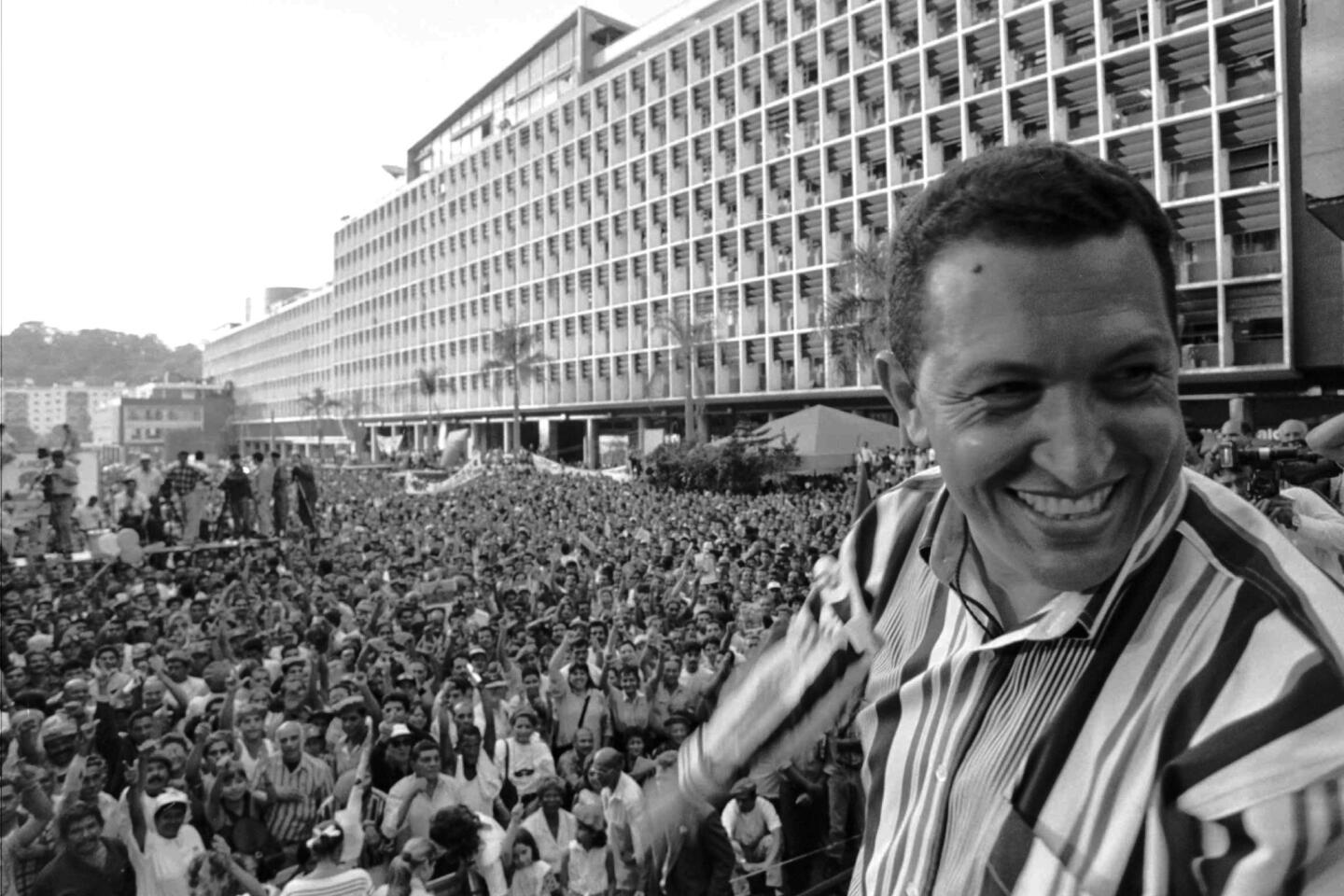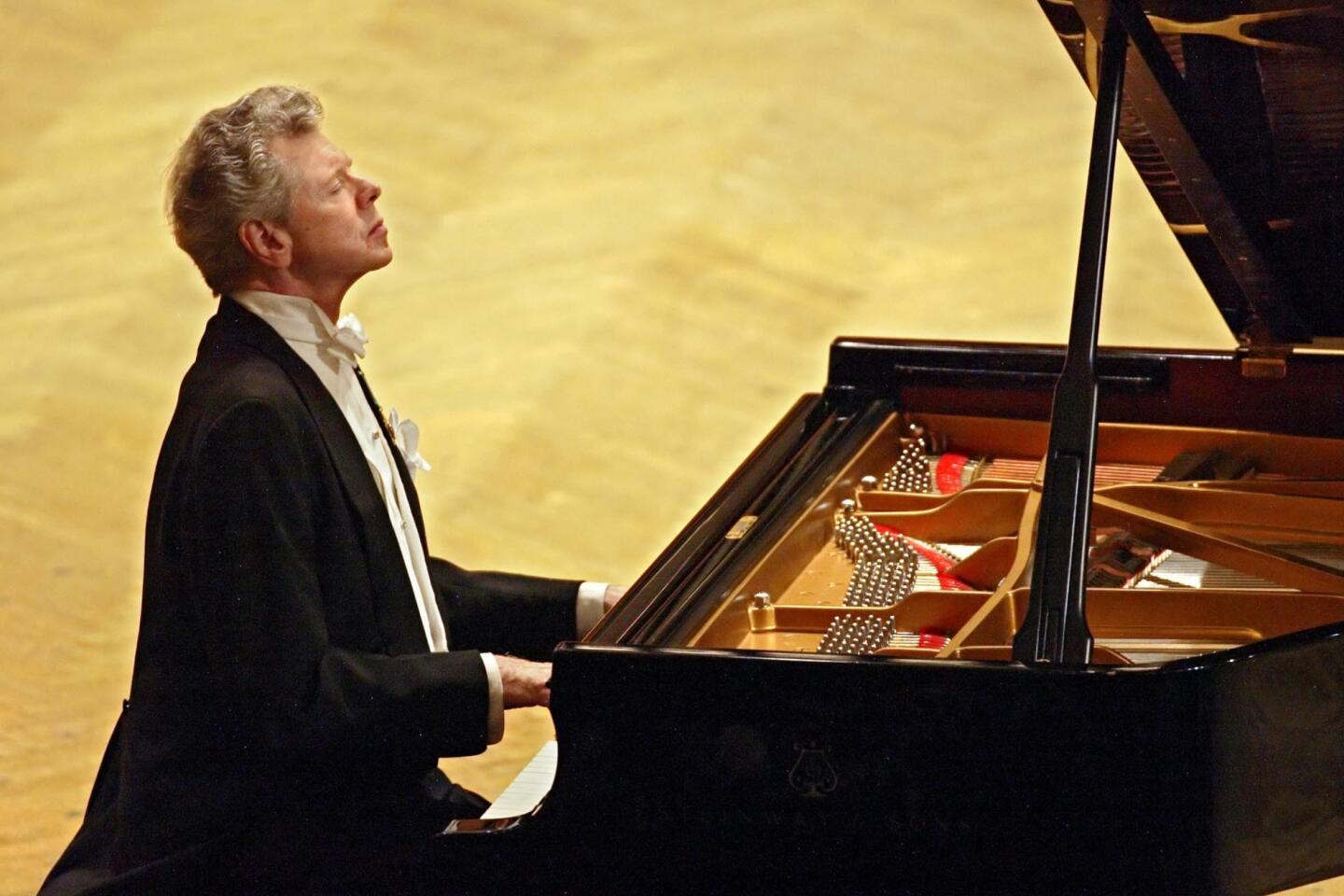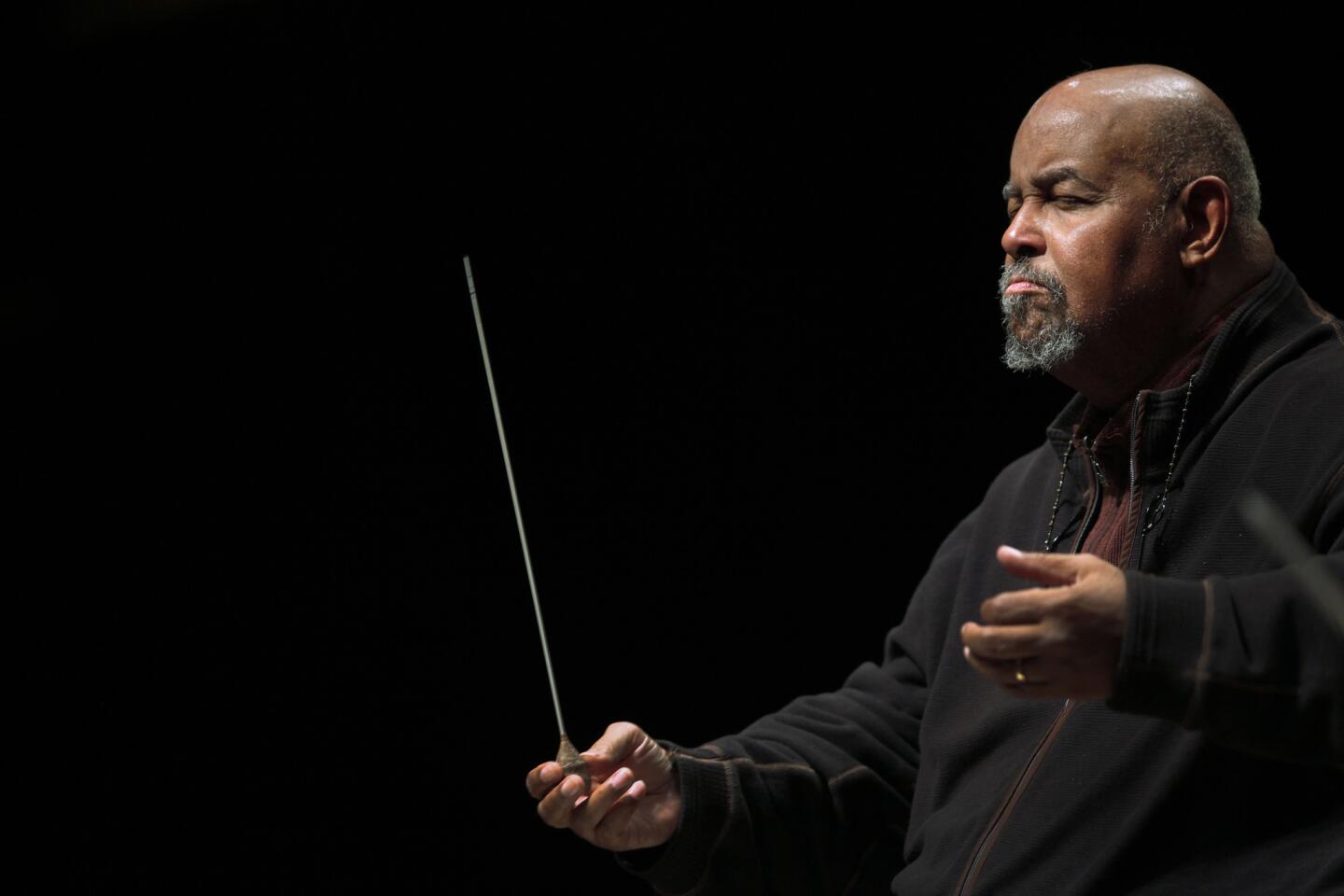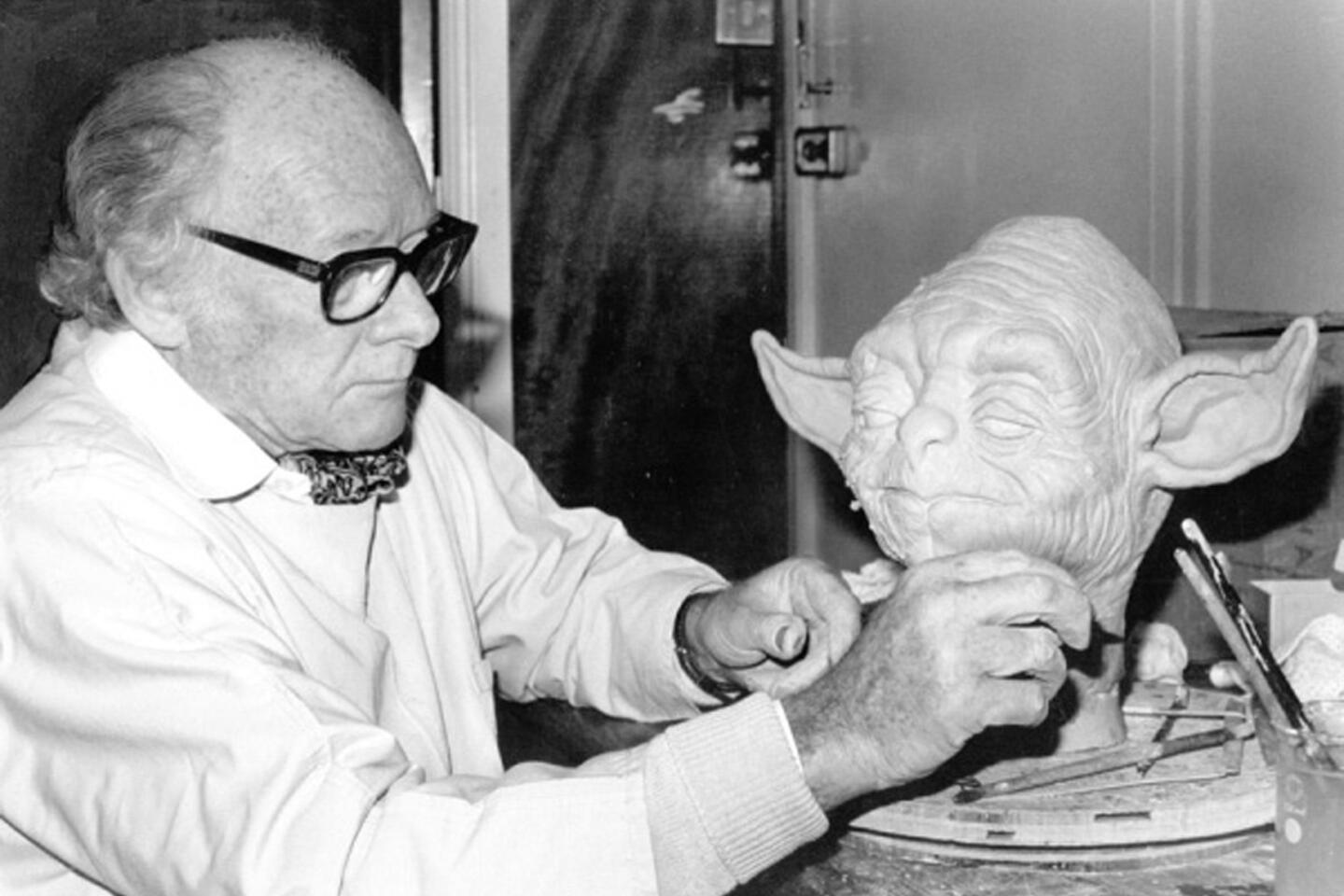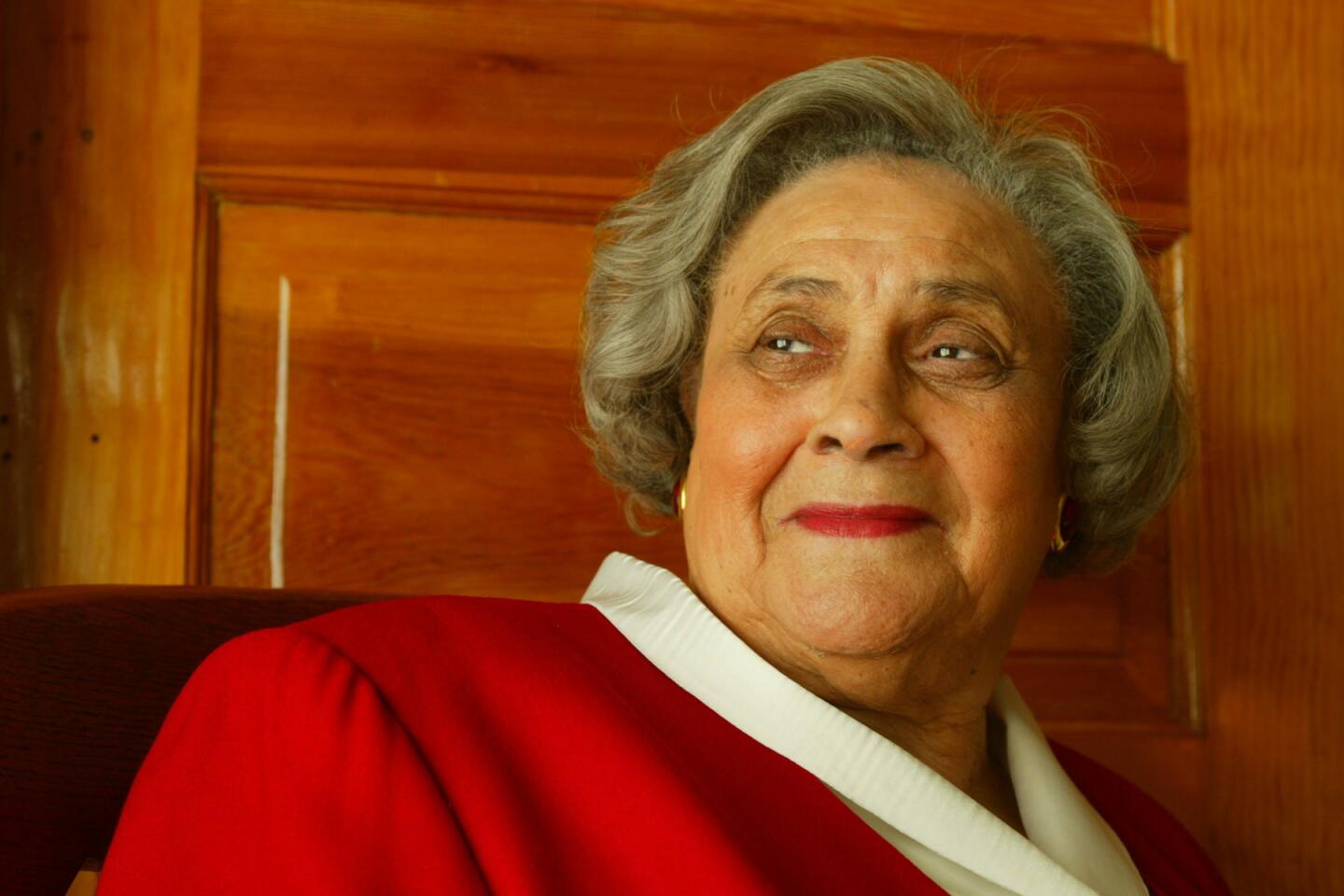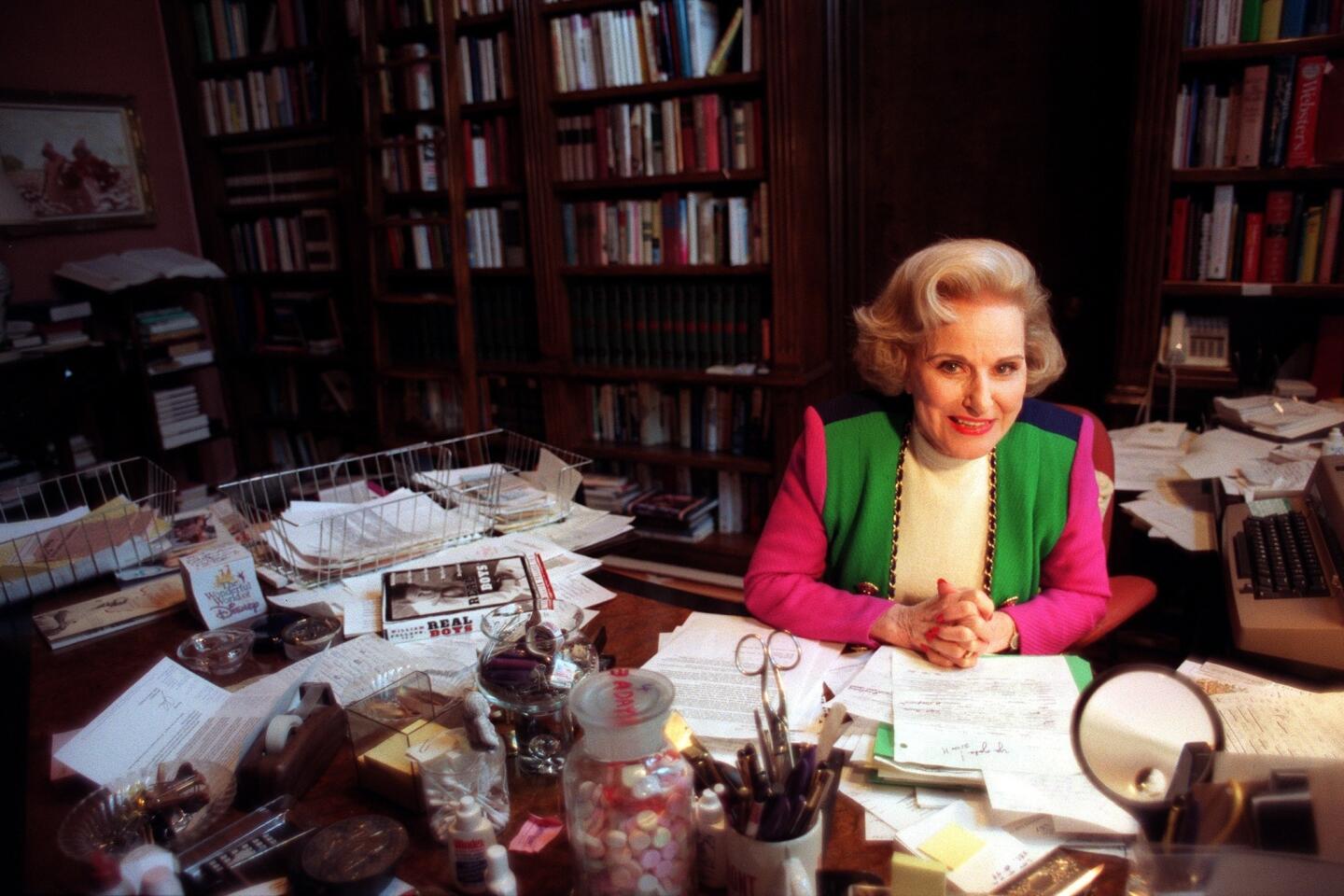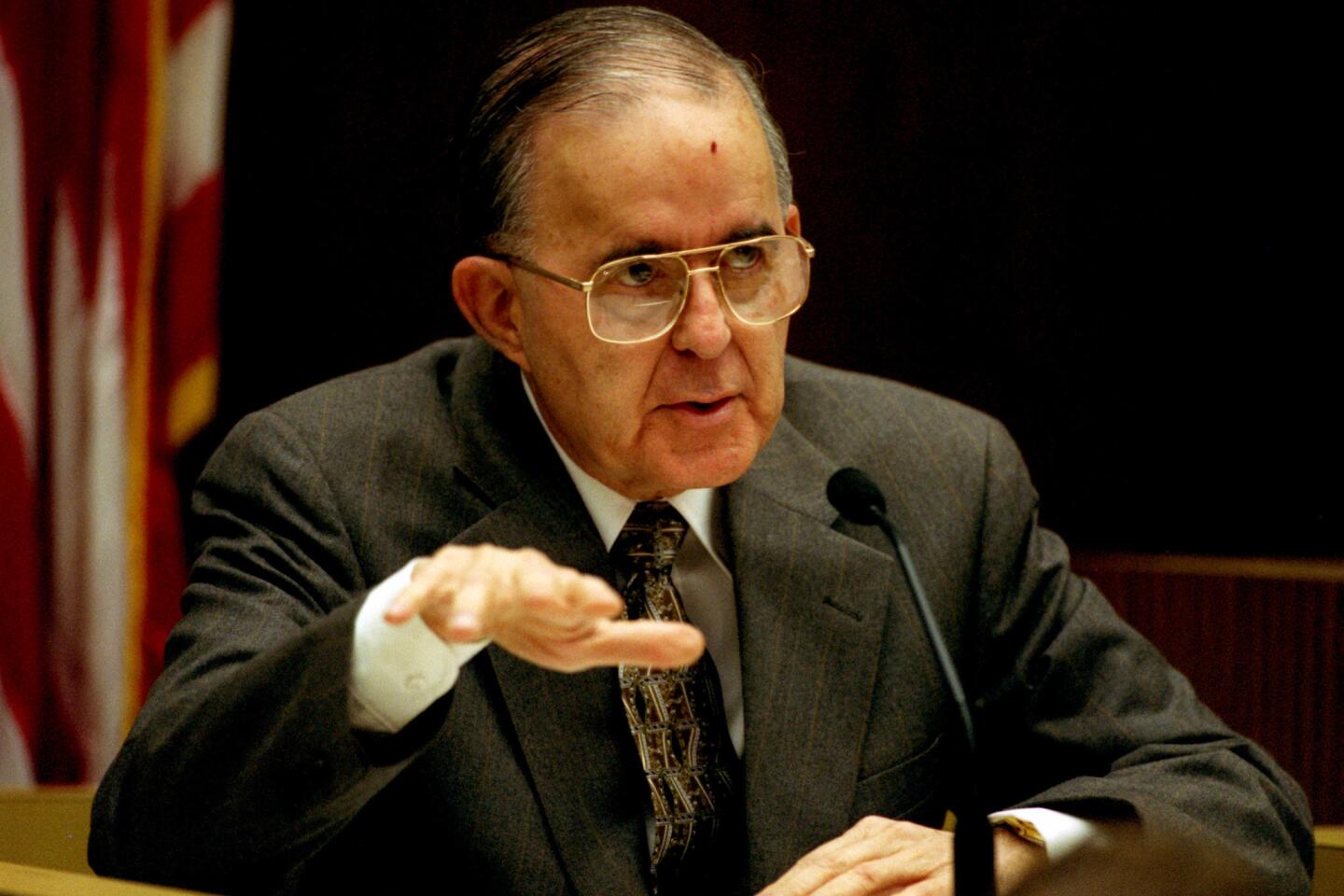Eiji Toyoda dies at 100; helped family’s firm change auto industry
- Share via
Back in 1950, Eiji Toyoda visited a Ford plant to learn how Americans made cars. The visit by a member of Japan’s foremost manufacturing family changed the way Toyota Motor Corp. produced cars, altering the global auto industry.
Toyoda, who is credited with developing the car company’s efficient, low-defect manufacturing processes and who helped spearhead Toyota’s aggressive push into the U.S. auto market, died Tuesday. He was 100.
“Clearly Eiji was the person that laid the groundwork for what Toyota is today,” said David Cole, former chairman of the nonprofit Center for Automotive Research. “He was a real visionary and inspirational leader who understood what it would take to make Toyota a successful company.”
Toyoda, a cousin of the Japanese automaker’s founder Kiichiro Toyoda, died of heart failure at Toyota Memorial Hospital in Toyota city, central Japan. The family used the Toyota name for the business because they believed it sounded better and because it was the winning entry in a 1936 logo competition.
“This is the Japanese equivalent of Henry Ford passing,” said Leslie Kendall, curator of the Petersen Automotive Museum.
Toyoda “helped blaze a new trail in the way auto companies are run, how they can minimize waste and how they treat their personnel,” Kendall said. “He took a very holistic approach.”
Born Sept. 12, 1913, in Nagoya City, Toyoda graduated from the University of Tokyo with a degree in mechanical engineering in 1936. He joined Toyoda Automatic Loom Works Ltd. that same year. About a year later he moved to the company’s newly established automotive subsidiary.
He quickly became enamored with the process of manufacturing automobiles, diving into factory operations and supervising activities on the shop floor.
Having grown up at the textile mill built by his father, Heichachi Toyoda, and uncle Sakichi Toyoda, Eiji Toyoda loved machines.
“So from my childhood, machines and business were always there right in front of me,” he said in a Time magazine interview in 1999. “I probably developed an understanding of both.”
He rose in the executive ranks, becoming a Toyota director by 1945. However, that wasn’t much of a promotion because most of the company’s operations had been put on hold by World War II, picking back up again by 1950.
That was the year he toured the Ford factory in Dearborn, Mich., an experience that was the root of the ideas he employed to retool Toyota’s manufacturing.
“We were producing 40 cars a day,” he said in the Time interview. “Ford was making 8,000 units, a 200-times difference. The gap was enormous.”
Toyoda, with the advice of production specialist Taiichi Ohno, changed Toyota’s manufacturing approach. They focused on making cars in small batches, receiving just enough parts at the factory to complete a production run efficiently.
This reduced the need to stockpile supplies at the factory and was the start of the “kanban” or “just in time” delivery concept, which has become the standard production method in the global auto industry.
“The Toyota folks have credit for that work,” said James Rubenstein, an auto industry analyst and geography professor at Miami University in Oxford, Ohio.
Today, Toyota is the world’s biggest car builder and still has half of the Japanese market in Japan.
“It is like GM was in the old days,” Rubenstein said.
Toyoda became vice president of Toyota in 1960 and president in 1967. He also was responsible for Toyota setting up a sales and marketing arm that was separate from the company’s manufacturing operations.
Among other accomplishments, he directed the development of the Corolla, which became one of the world’s best-selling cars.
He bucked skeptics who believed that a Japanese automaker couldn’t create a luxury brand by pushing Toyota into the bigger, more expensive vehicles that became the Lexus line in 1989. He wanted to sell a car that could rival the big German luxury sedans produced by Mercedes-Benz and BMW.
He also crafted Toyota’s partnership with General Motors Co. to open the joint New United Motor Manufacturing factory in Fremont, Calif., in 1984. It closed in 2010, a result of GM’s bankruptcy and the restructuring of the U.S. auto industry, and is now operated by Tesla Motors.
Toyota entered the American market after an executive, Shotaro Kamiya, visited the U.S. in the mid-1950s and noted sales of the Volkswagen Beetle, the most popular import car at the time. Kamiya went back to Japan and with Toyoda developed the plan to crack the U.S. market, importing the first cars in August 1957.
At first, Toyota pinned its U.S. strategy to a sluggish, dull, four-door sedan called the Toyopet Crown, a car Toyoda had developed. But it wasn’t very good. The first Toyotas sold in the U.S. handled poorly when driven over 60 mph and tended to overheat in mountains or deserts. Toyota’s U.S. sales in its first year were a meager 288 vehicles.
Toyoda told his sales force to focus on the Jeep-like Land Cruiser until the company could launch its Corona sedan in 1965. Although still a small car, the Corona addressed the problems that were evident in the Toyopet and became the automaker’s first big seller in the U.S.
Another Toyoda project, the Corolla, came out in the late 1960s and quickly built a U.S. reputation for reliability, low cost and fuel efficiency.
By 1972, Toyota passed Volkswagen to become the top import brand in America. The automaker sold more than 1.5 million Toyota, Lexus and Scion vehicles here through the first eight months of this year and controls more than 14% of the market.
The 1973 OPEC oil crisis cemented demand for Toyota’s economy cars and left Detroit’s automakers scrambling to compete to make fuel-efficient models. It was a gap that lasted nearly three decades and is only closing now, with Detroit’s latest generation of vehicles such as the Ford Focus, Chevrolet Cruze and Dodge Dart.
Toyoda, who retired in 1994 but remained involved with the company, is survived by three sons, Kanshiro, Tetsuro and Shuhei; all three work at Toyota affiliates.
More to Read
Start your day right
Sign up for Essential California for the L.A. Times biggest news, features and recommendations in your inbox six days a week.
You may occasionally receive promotional content from the Los Angeles Times.




